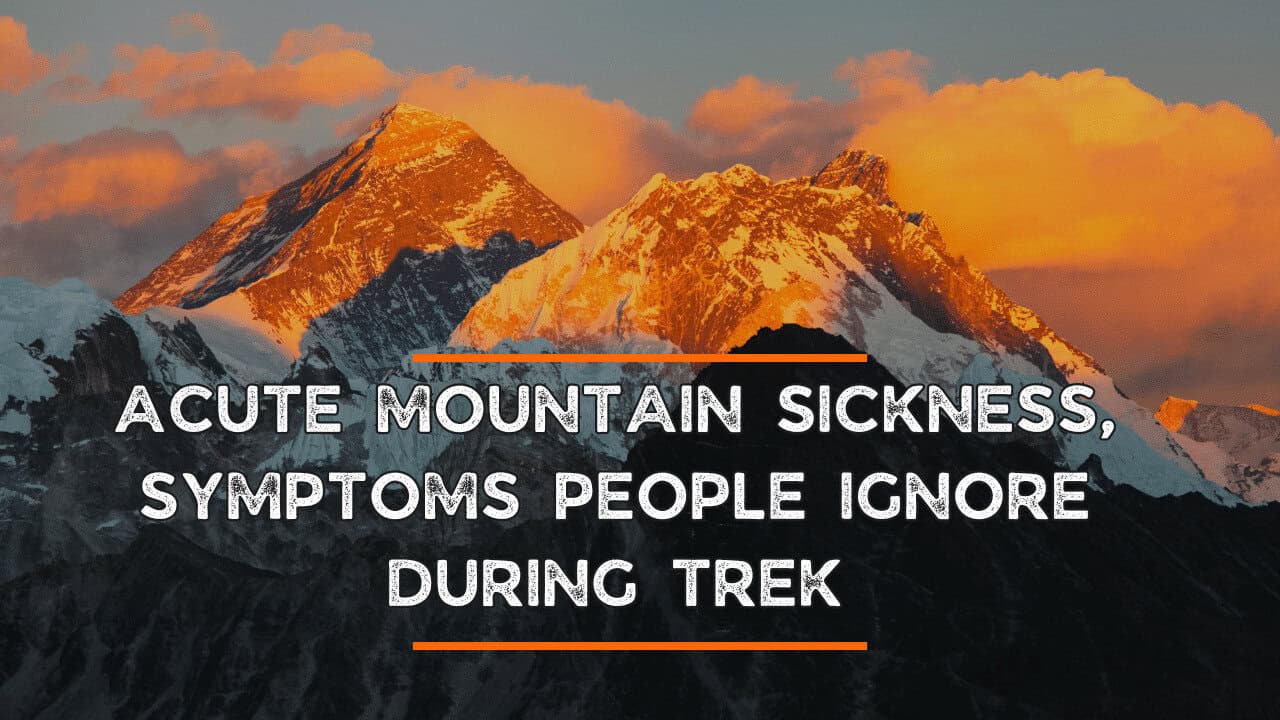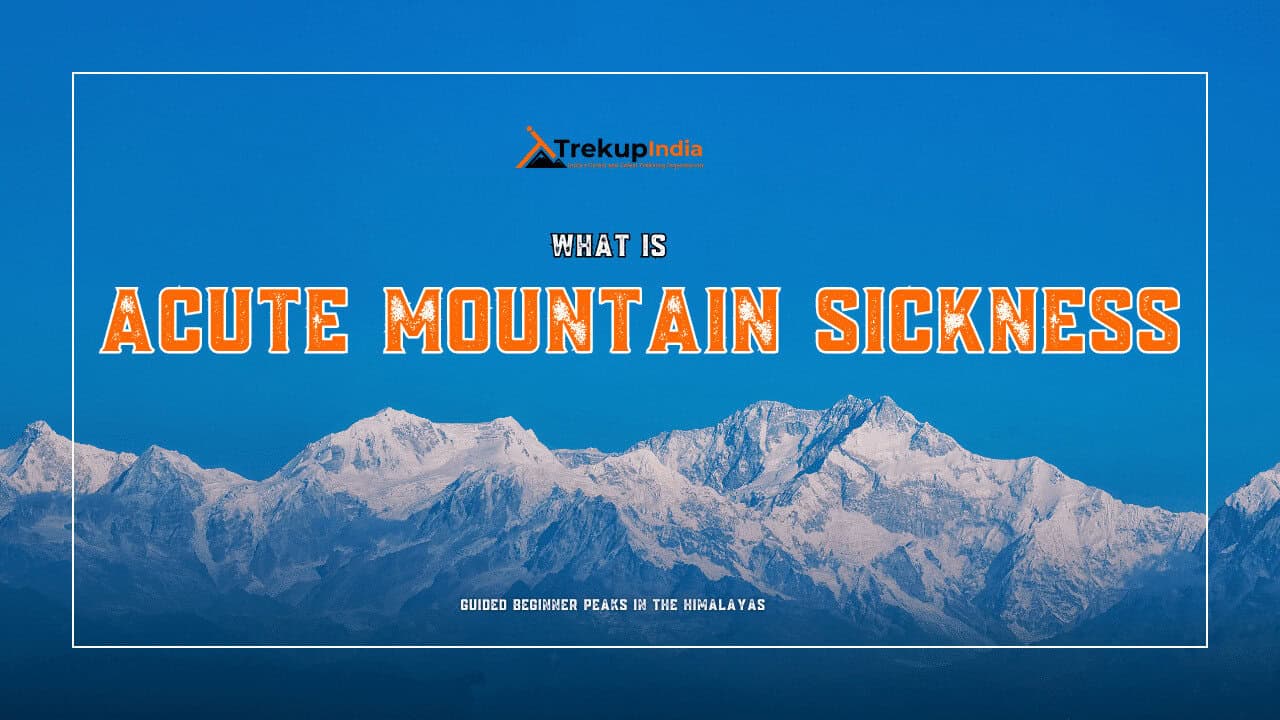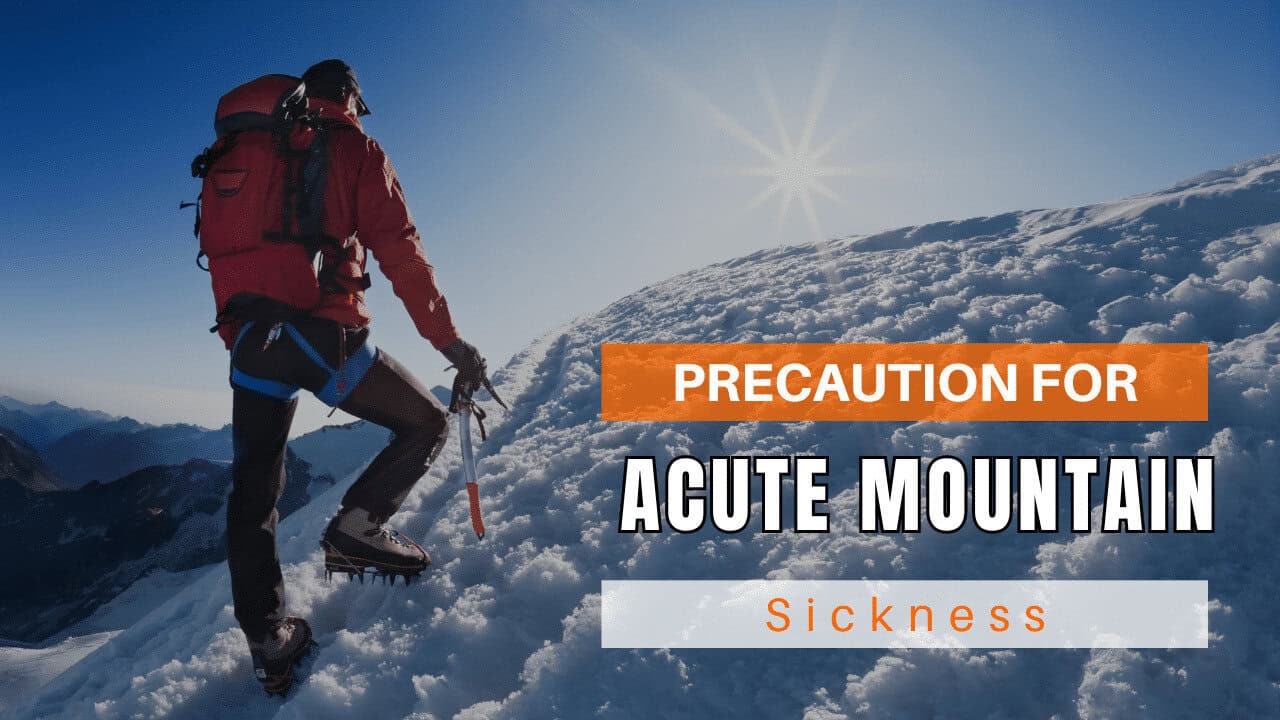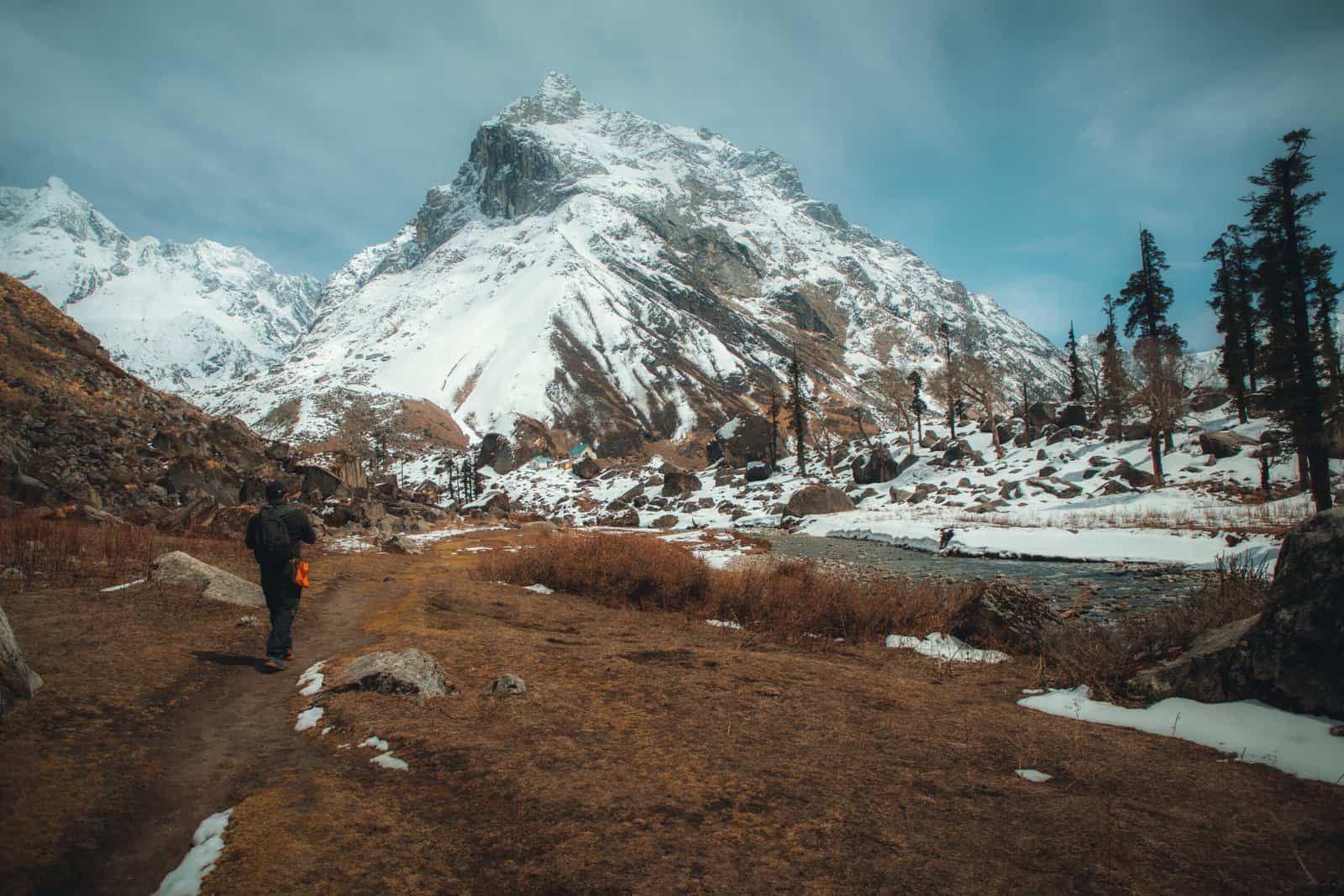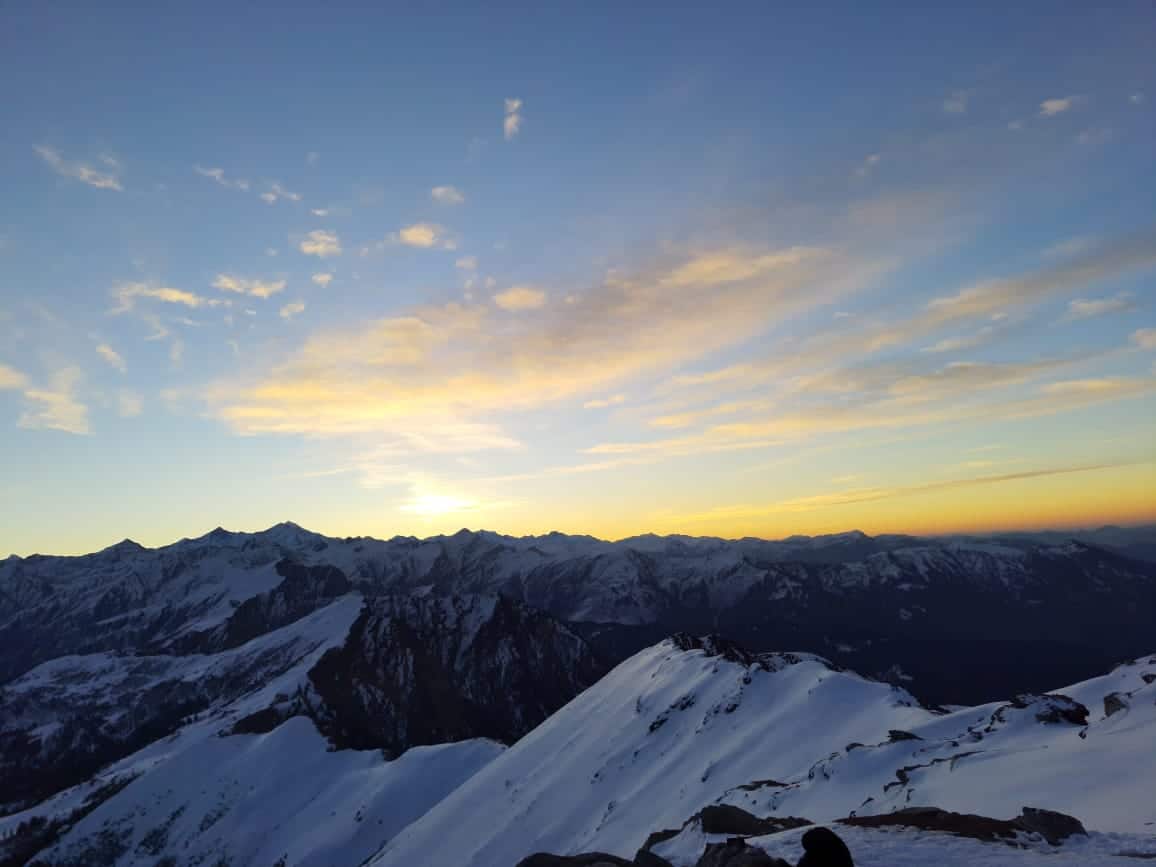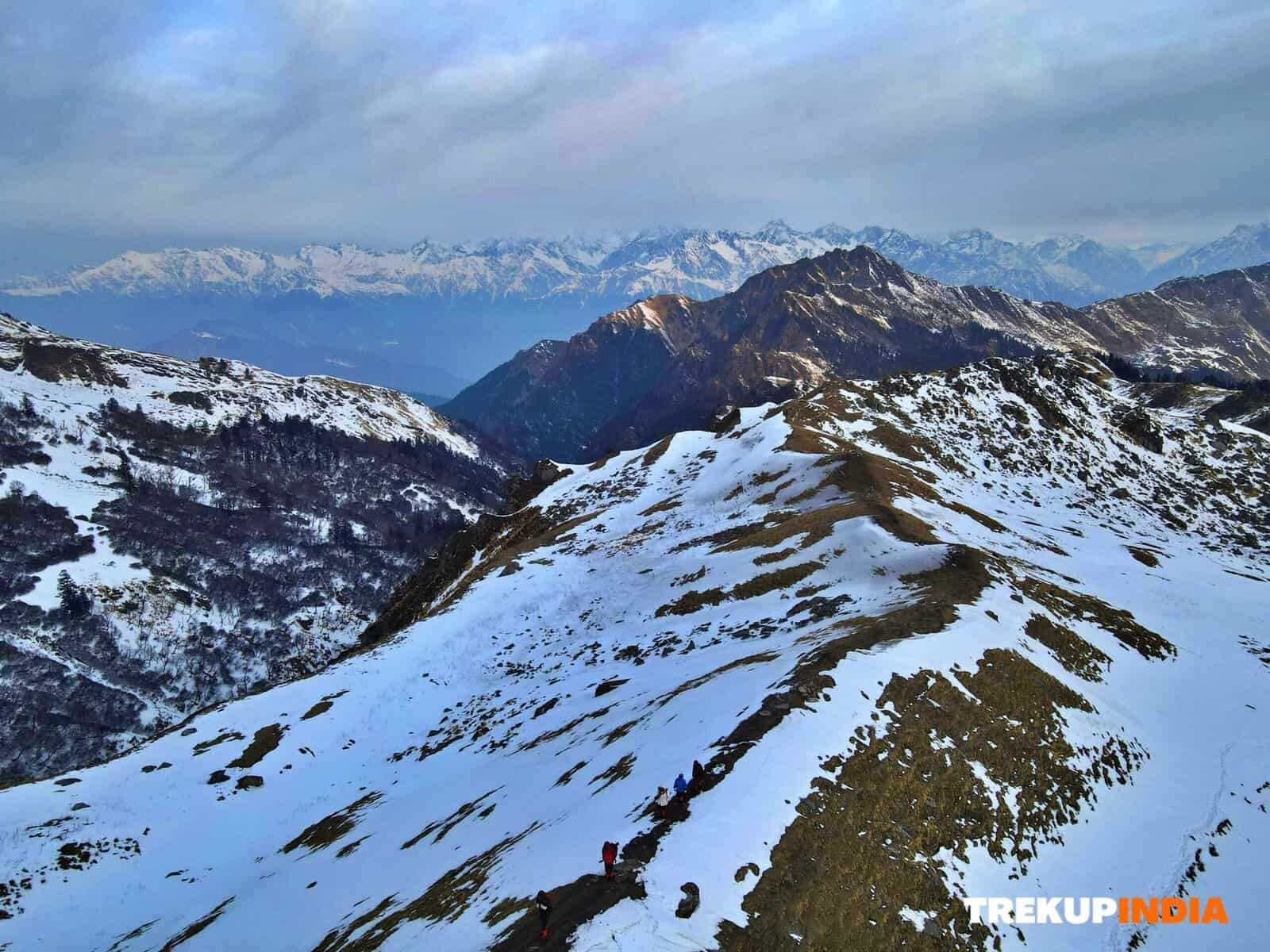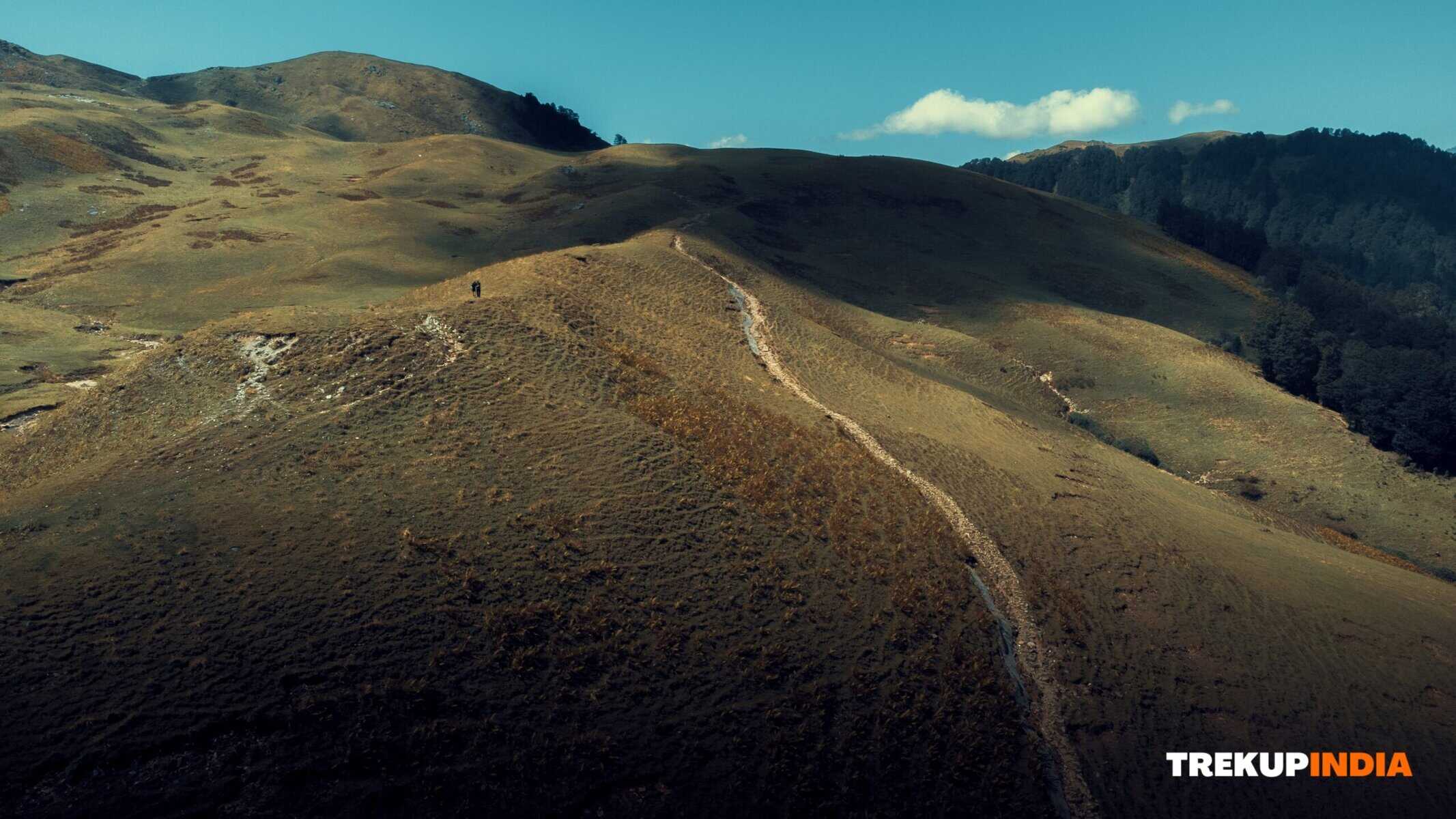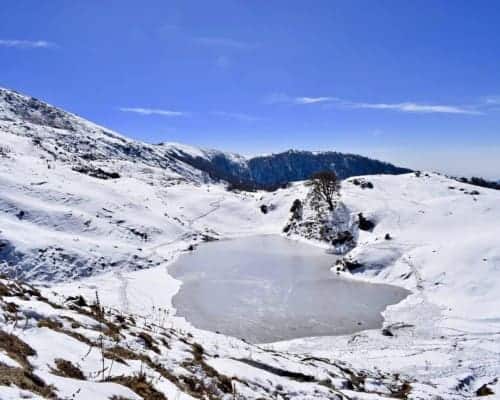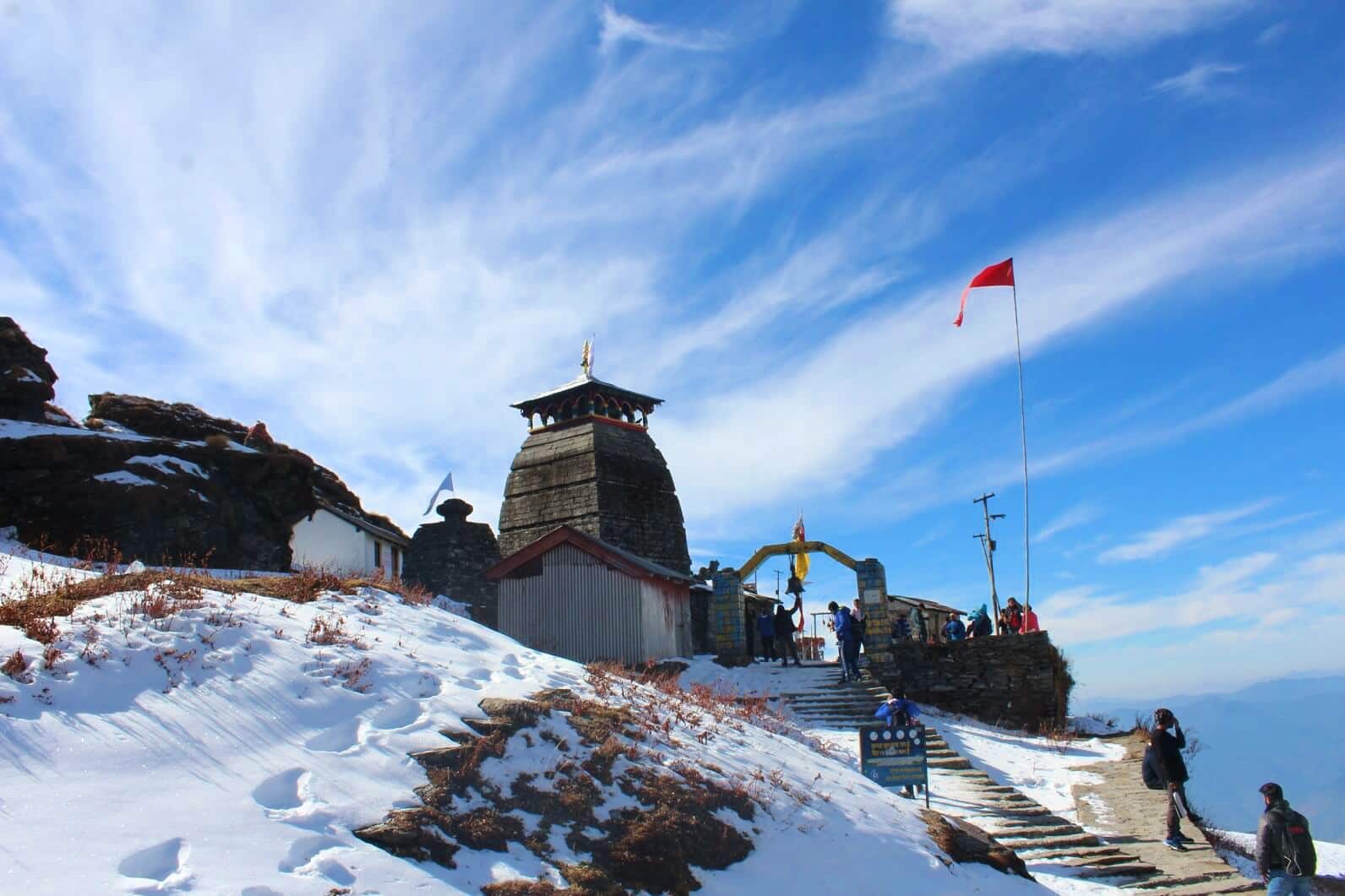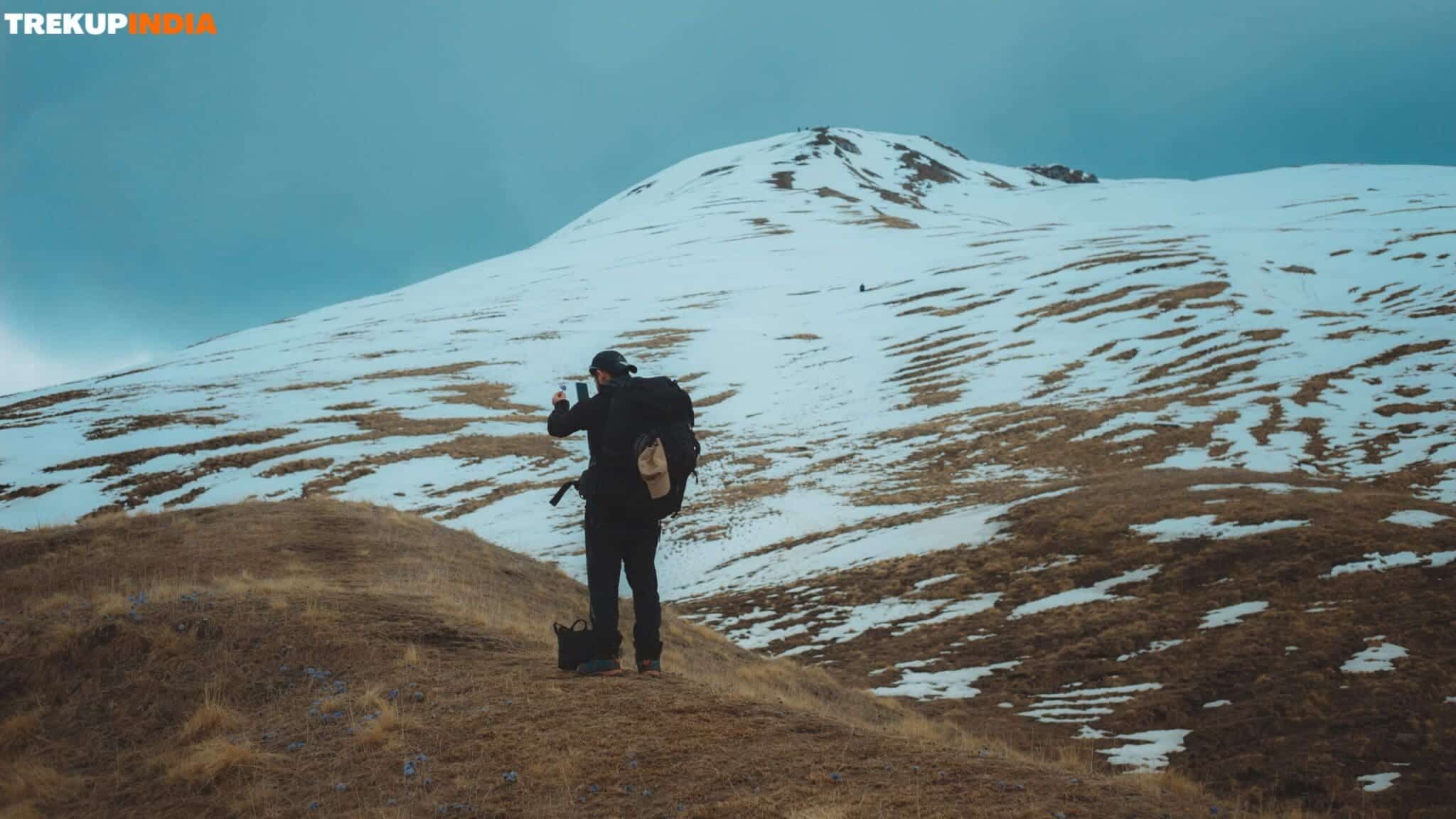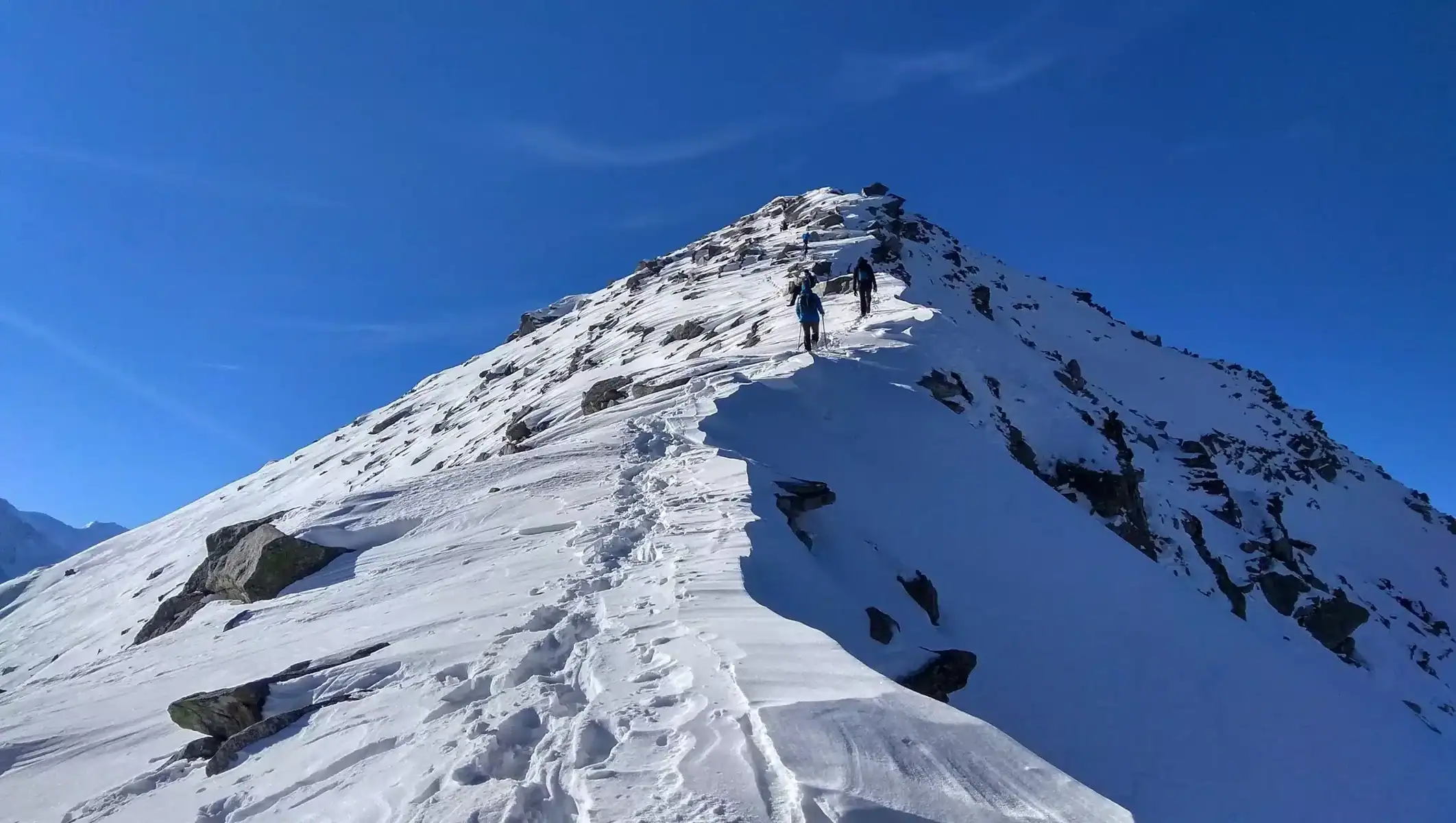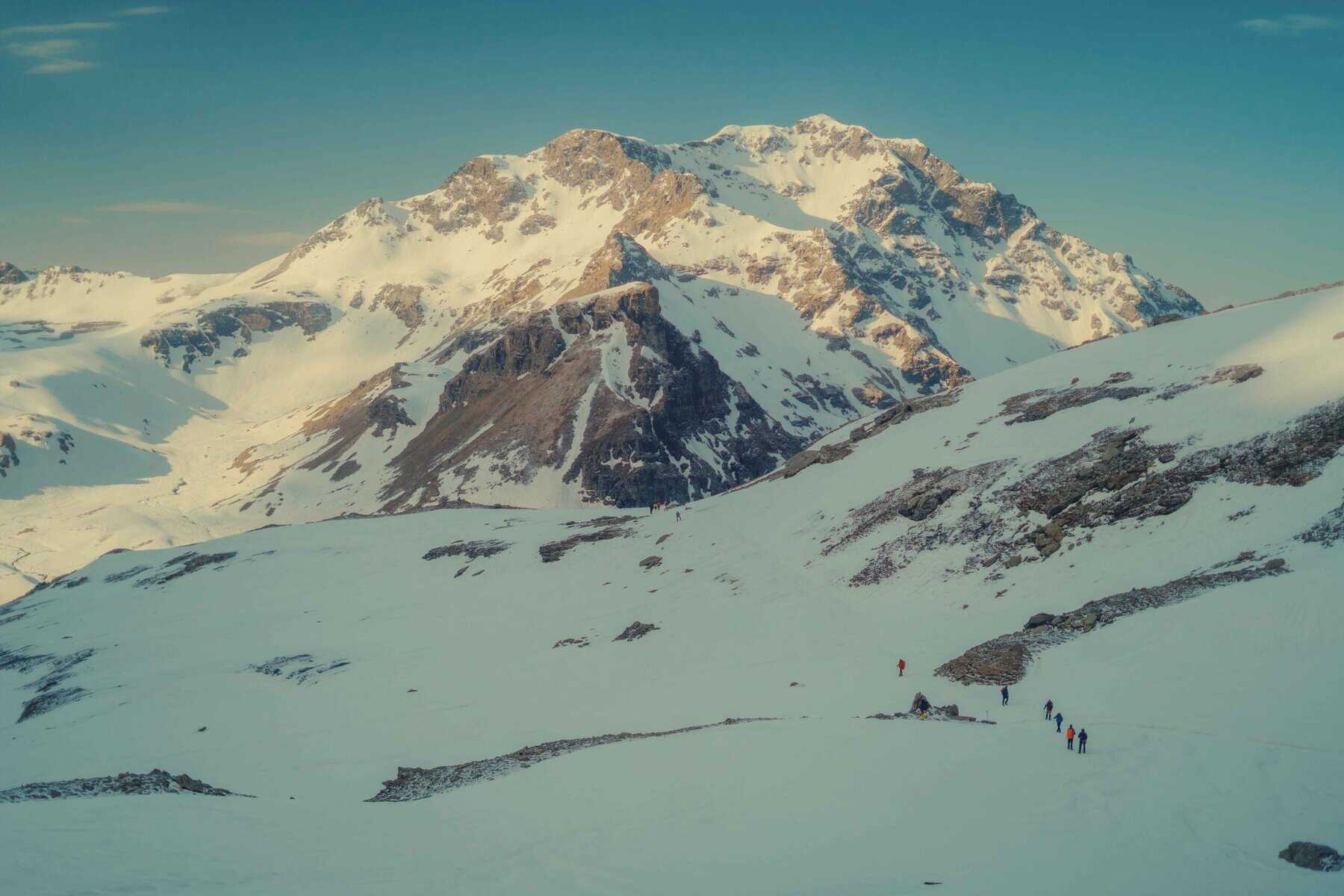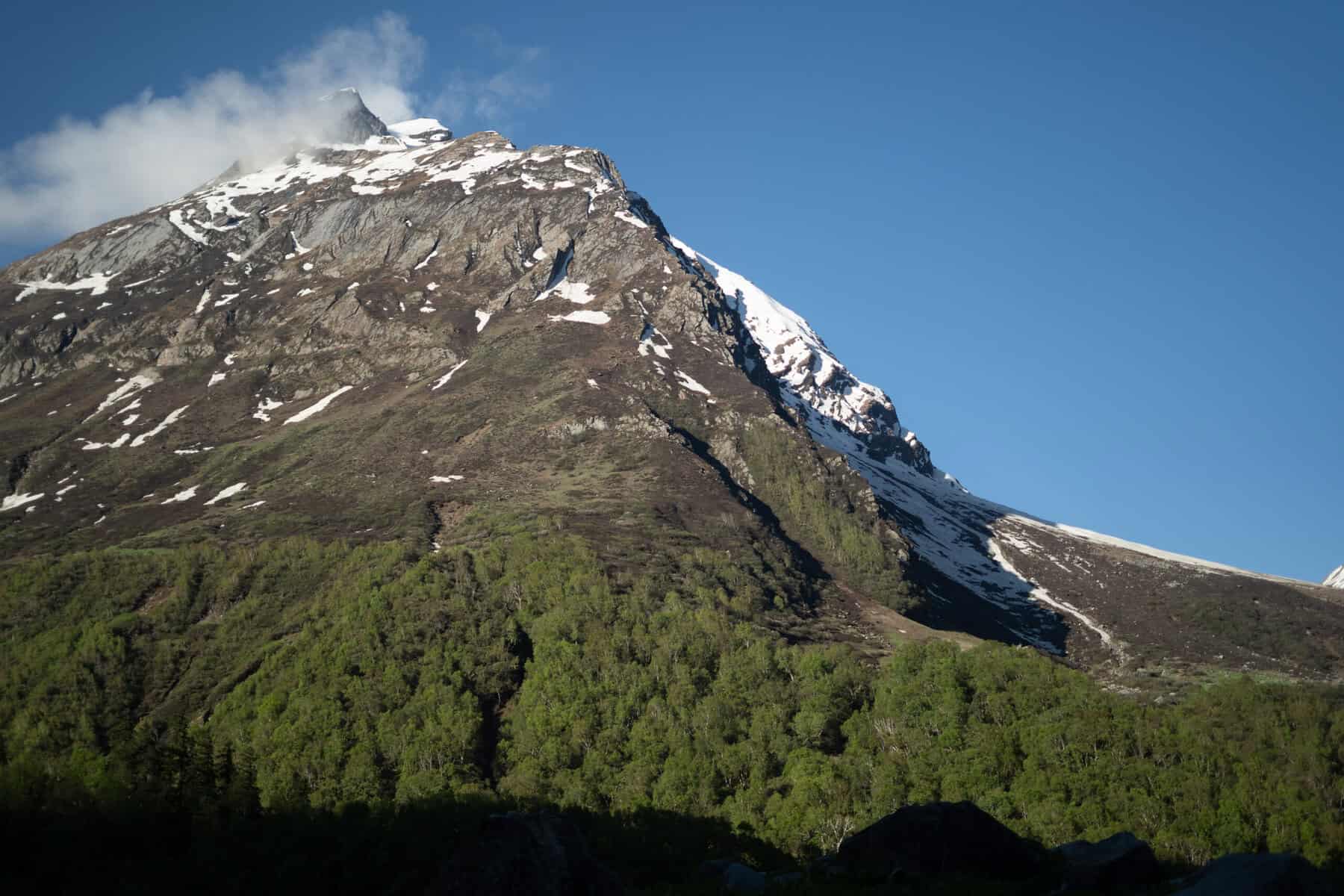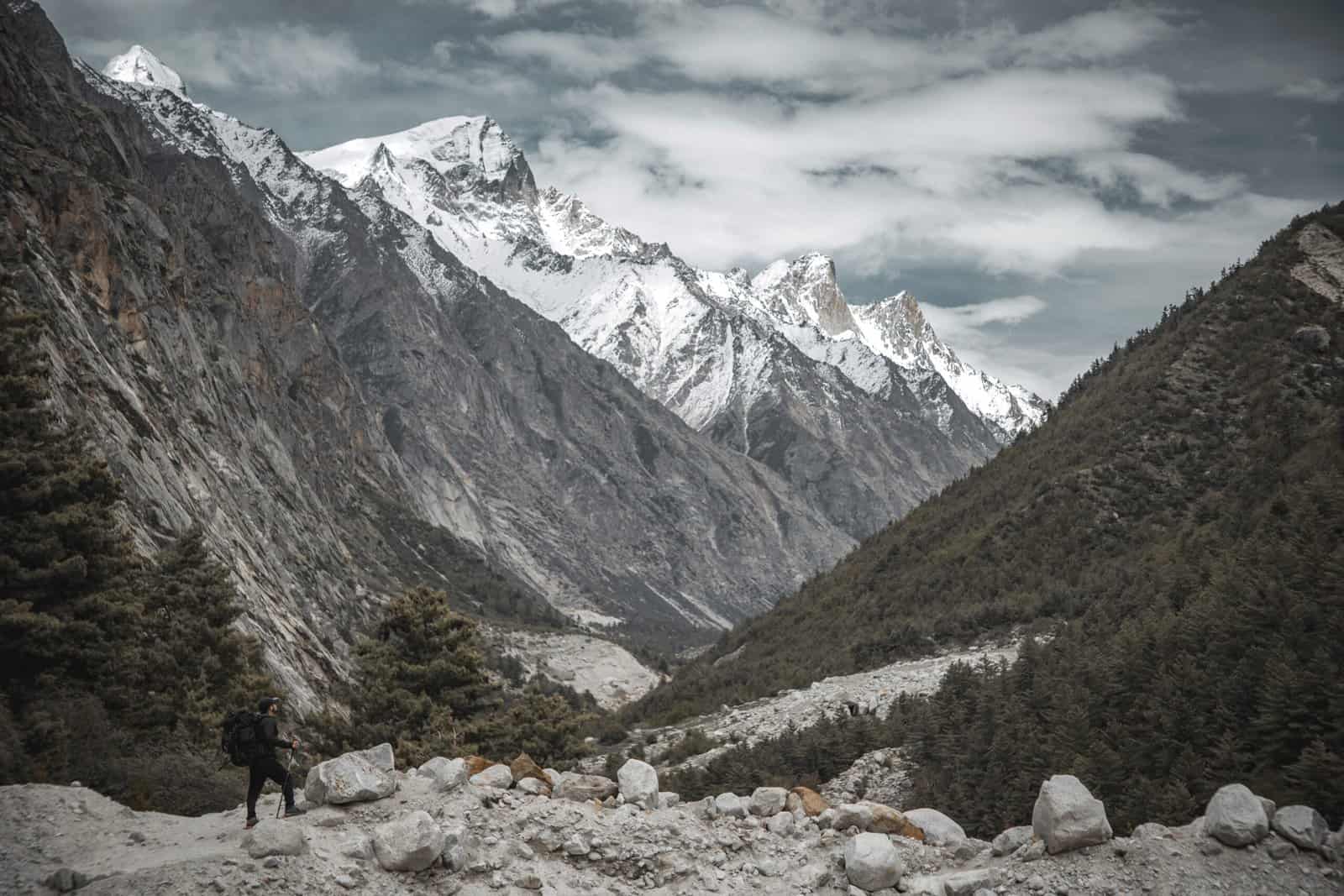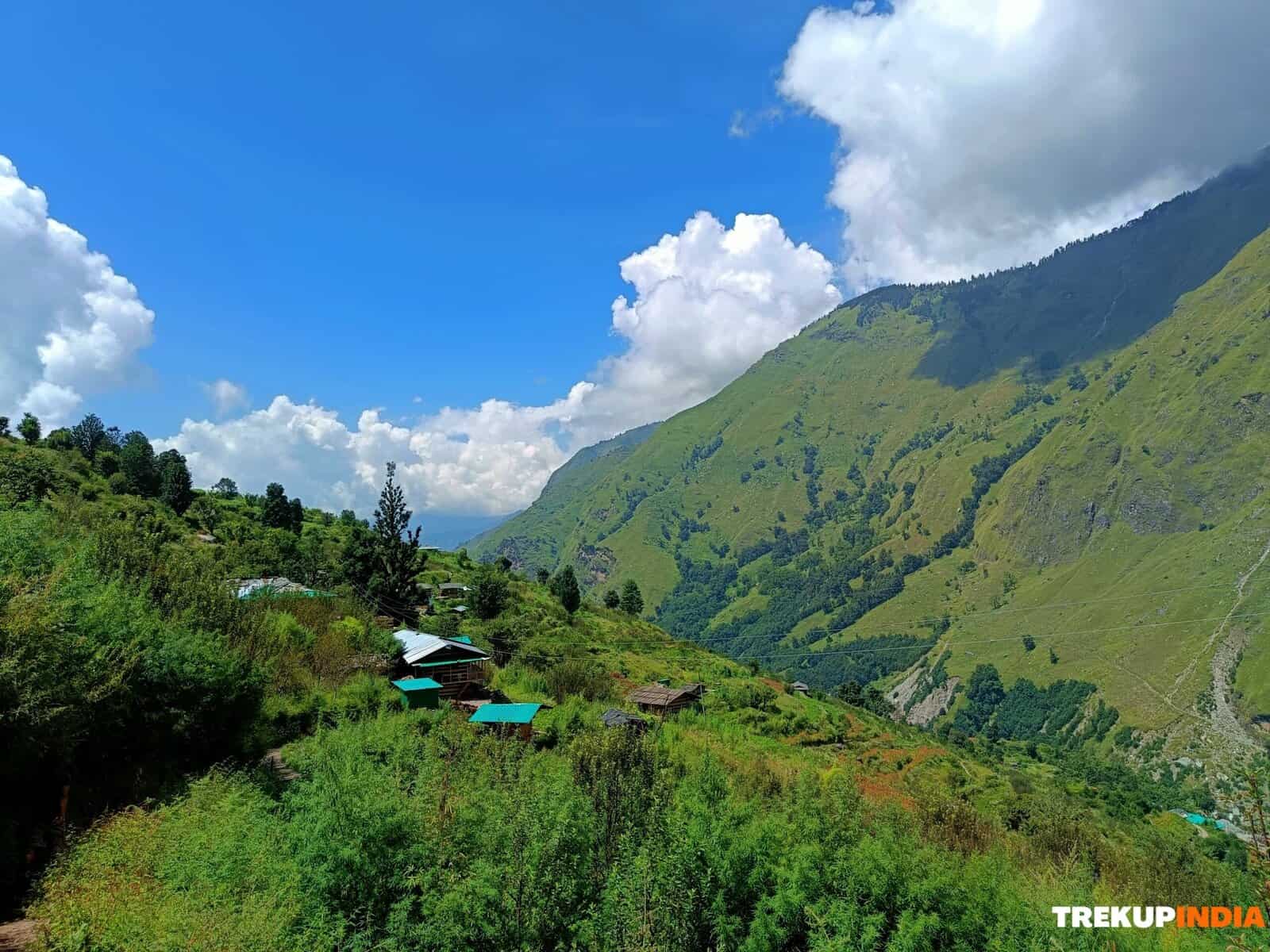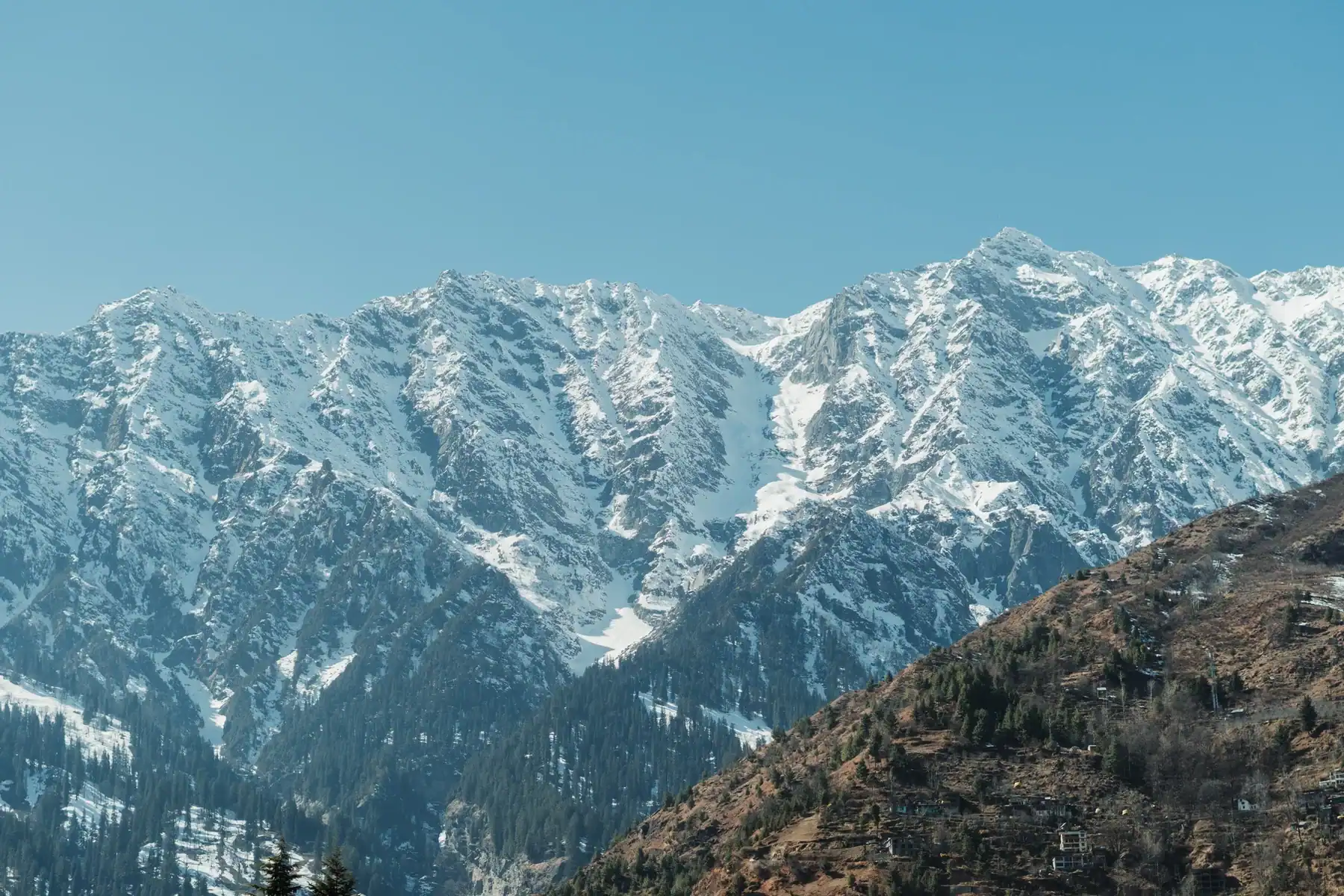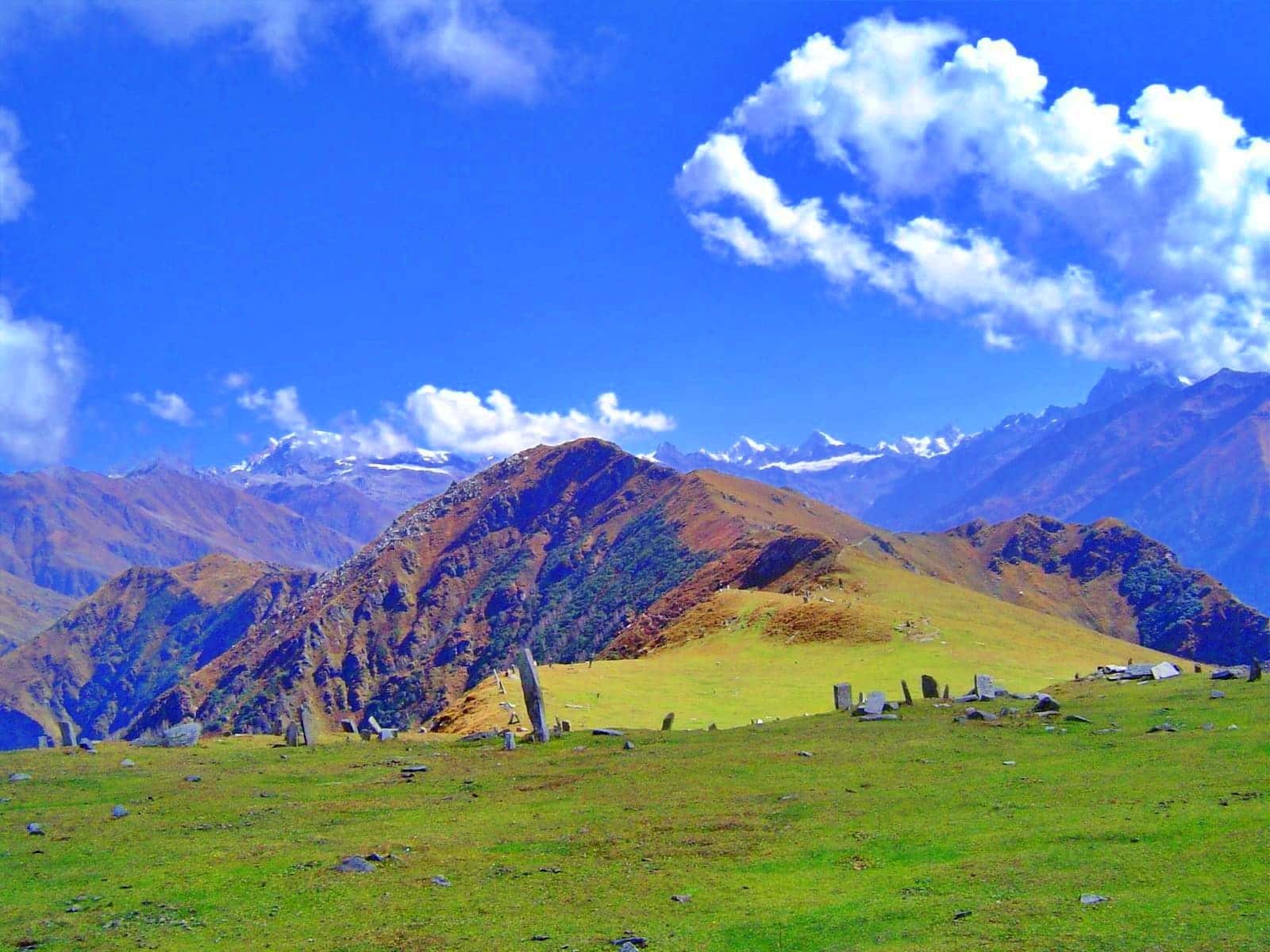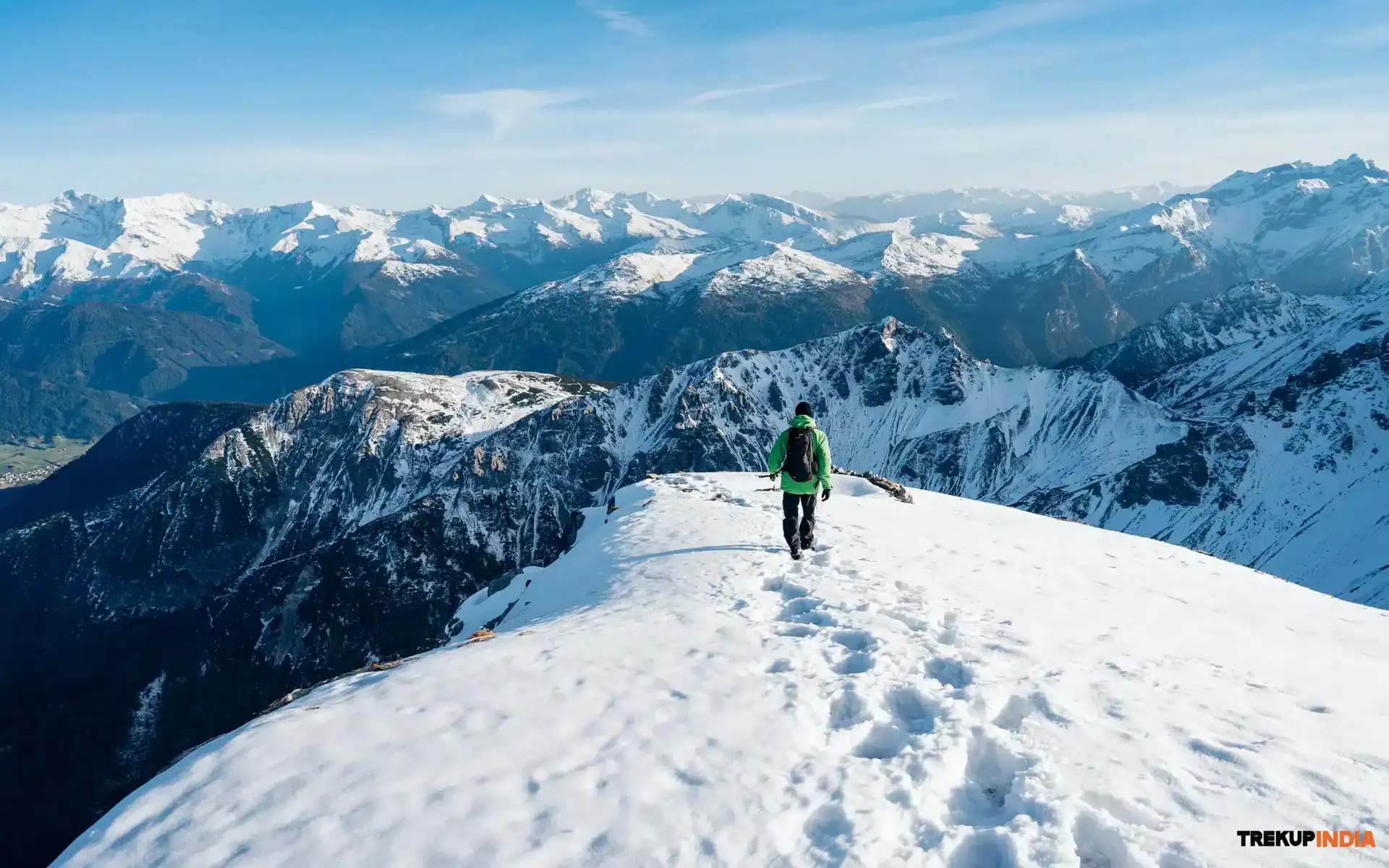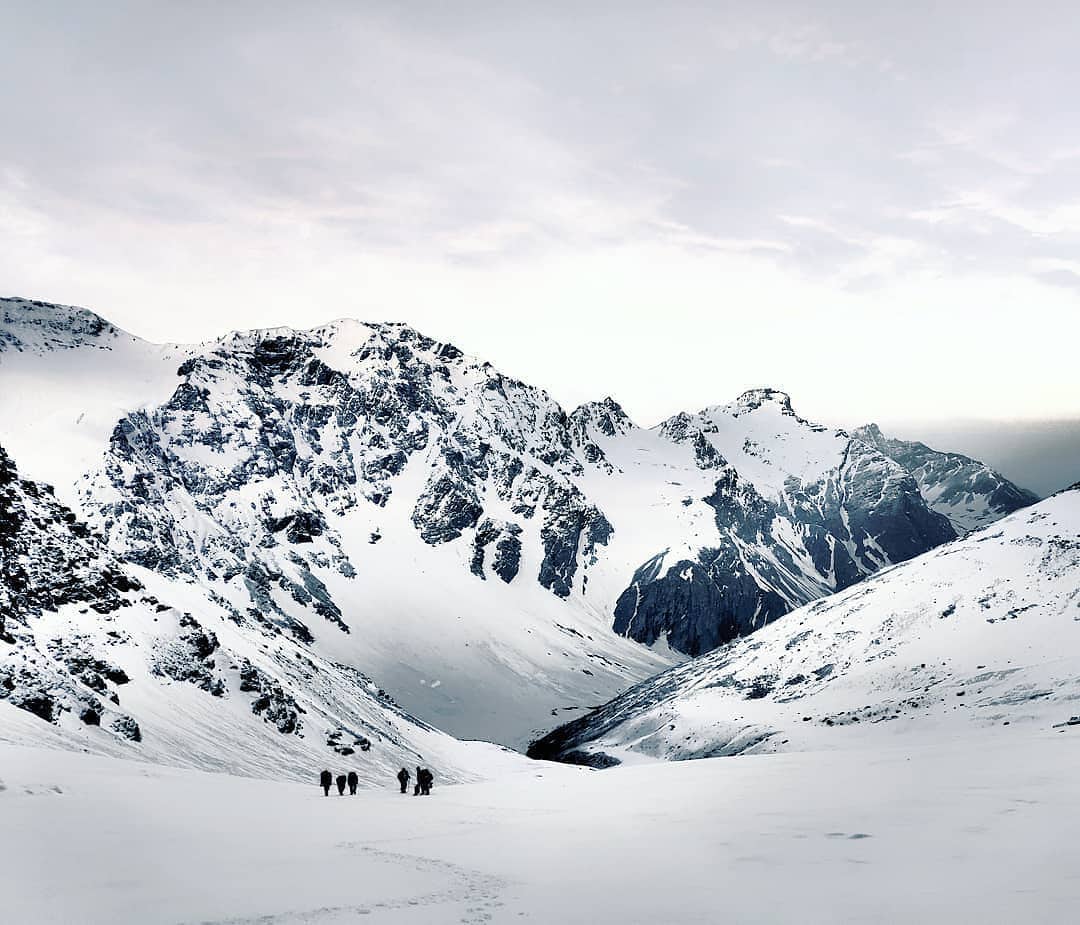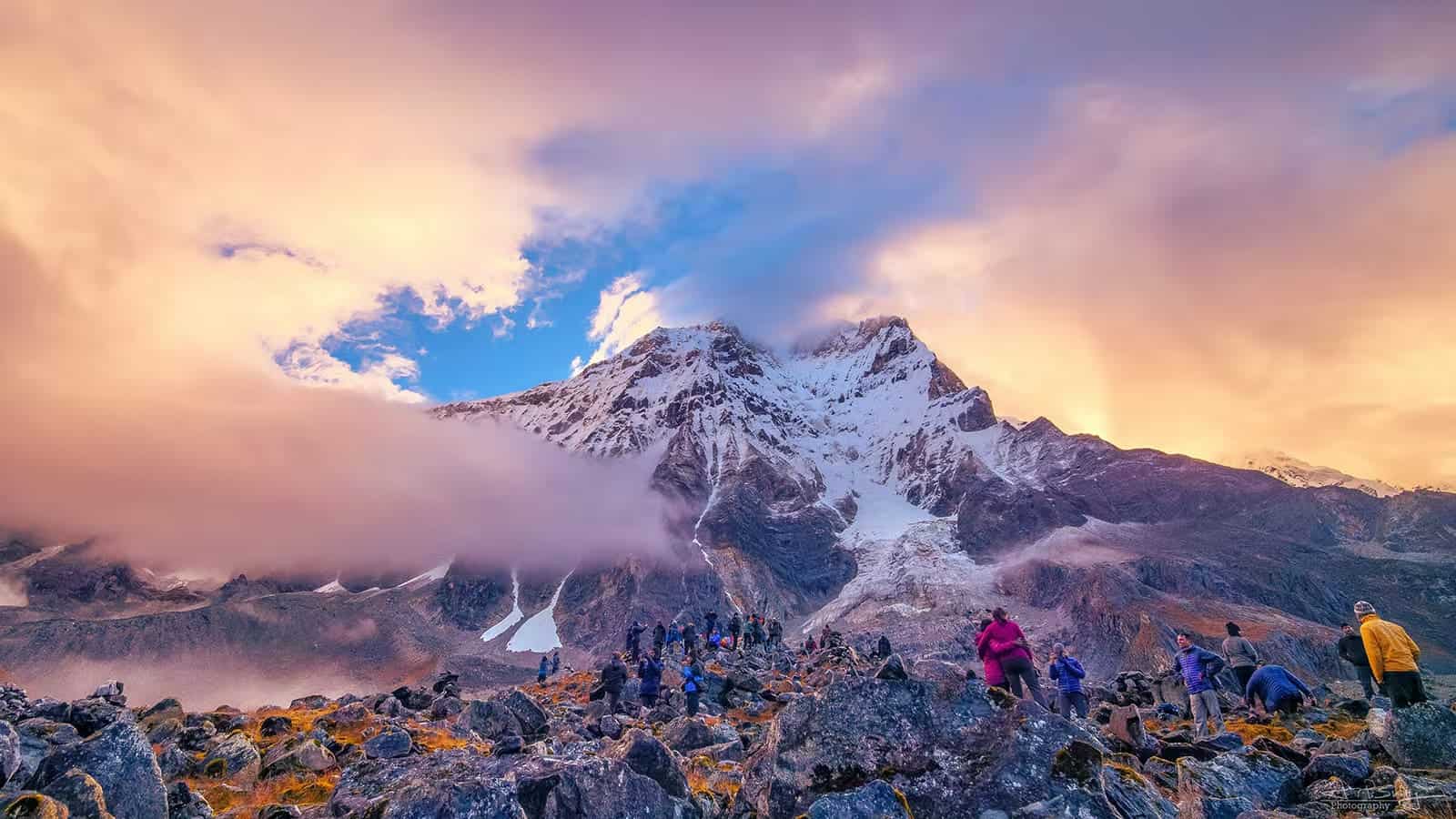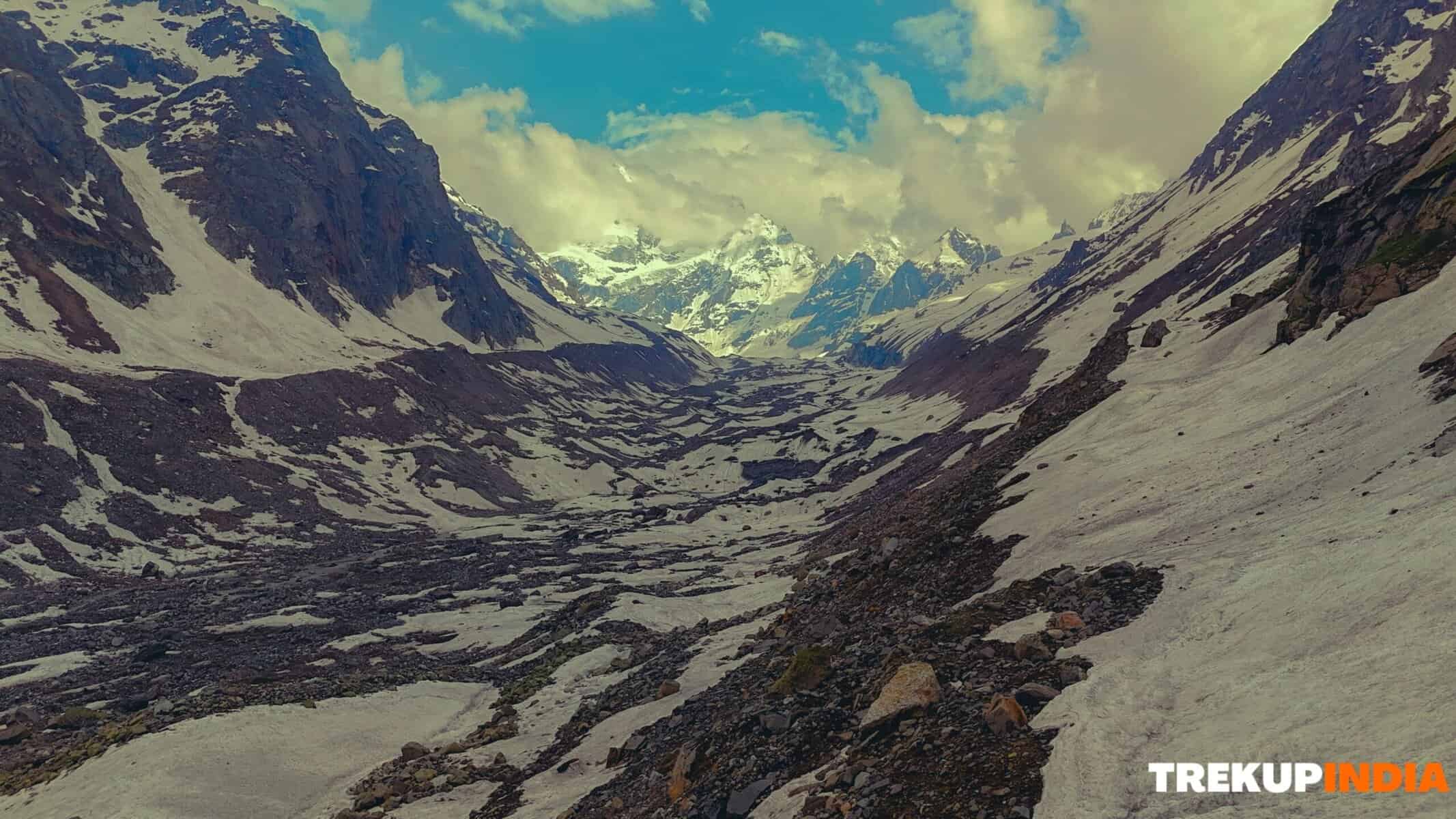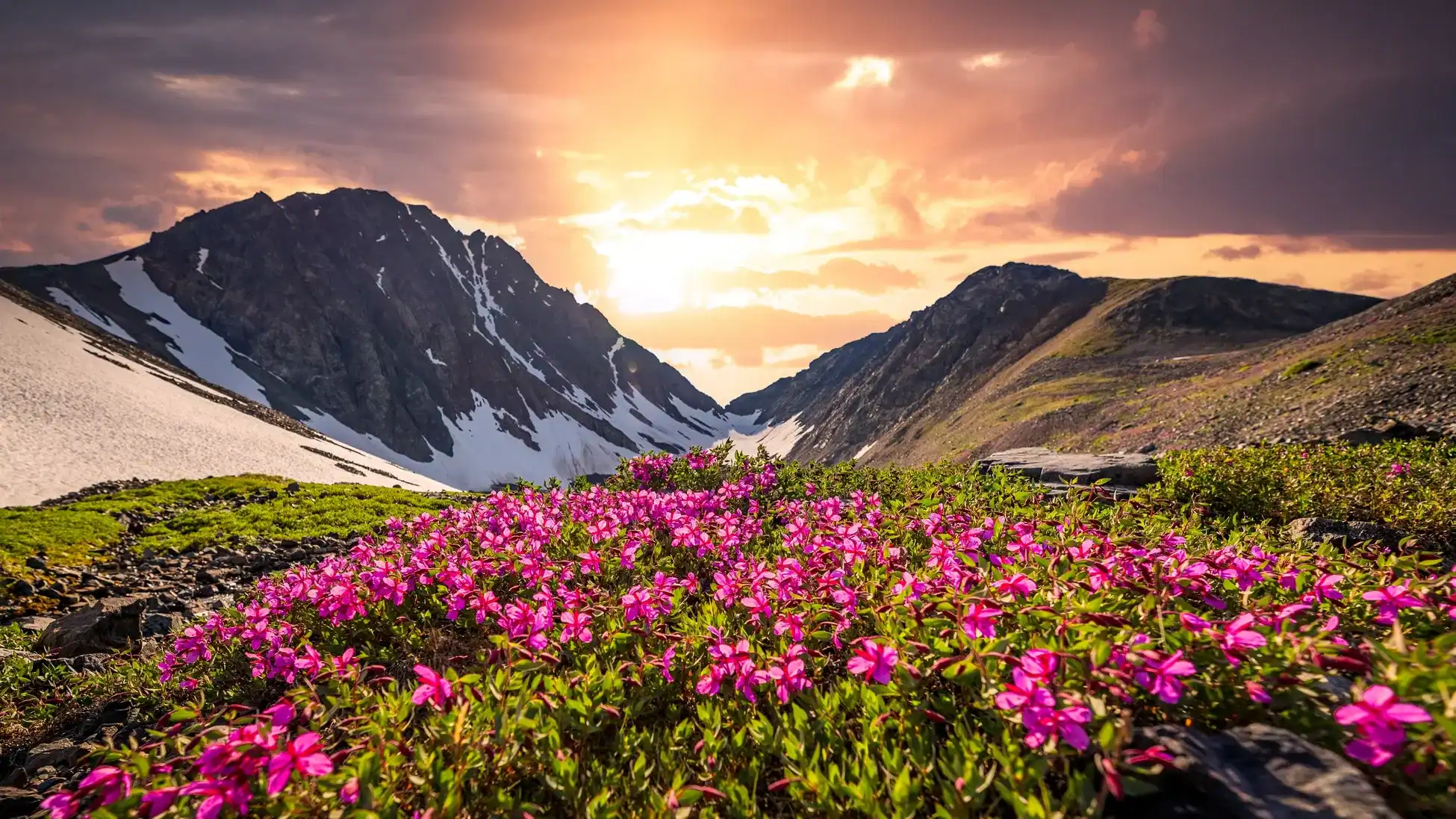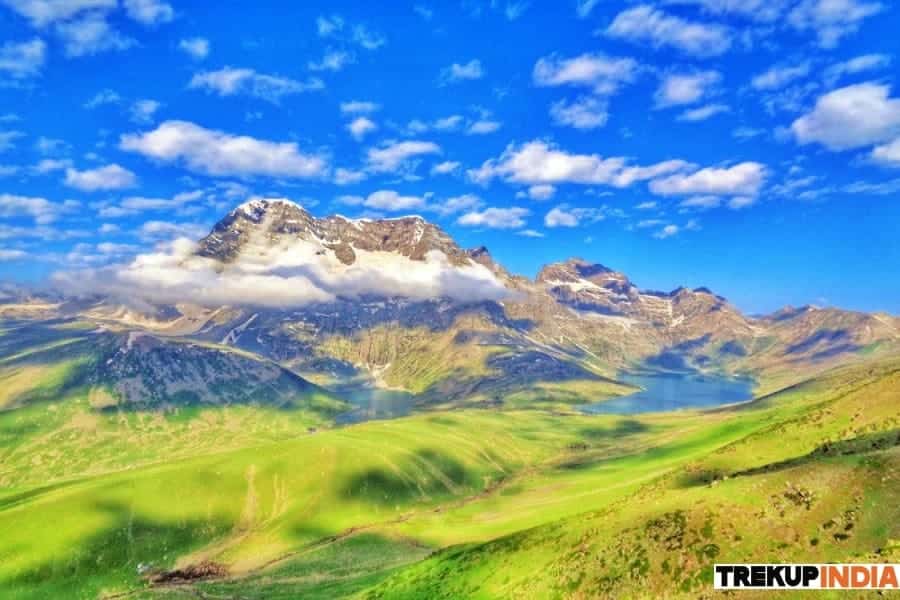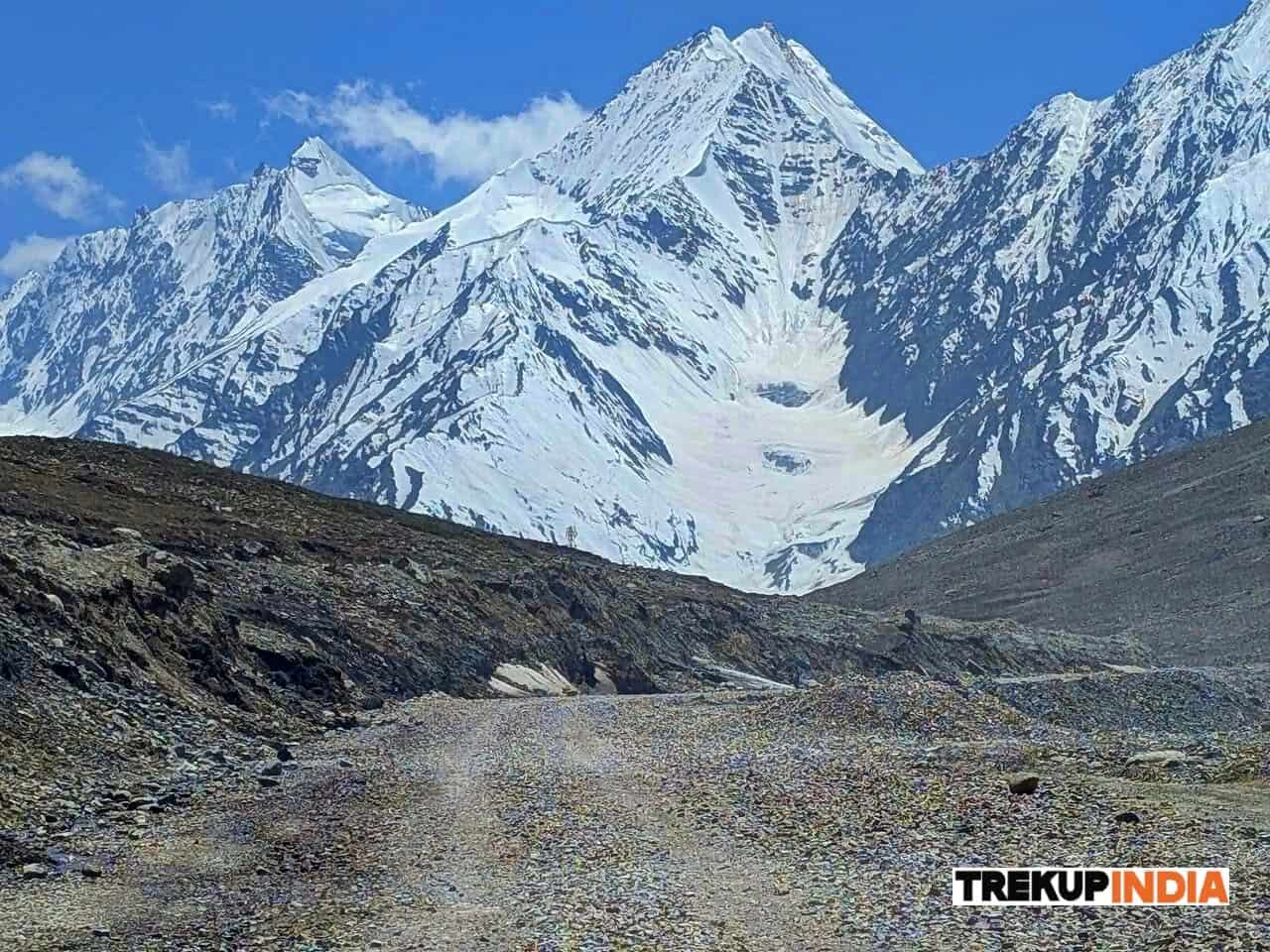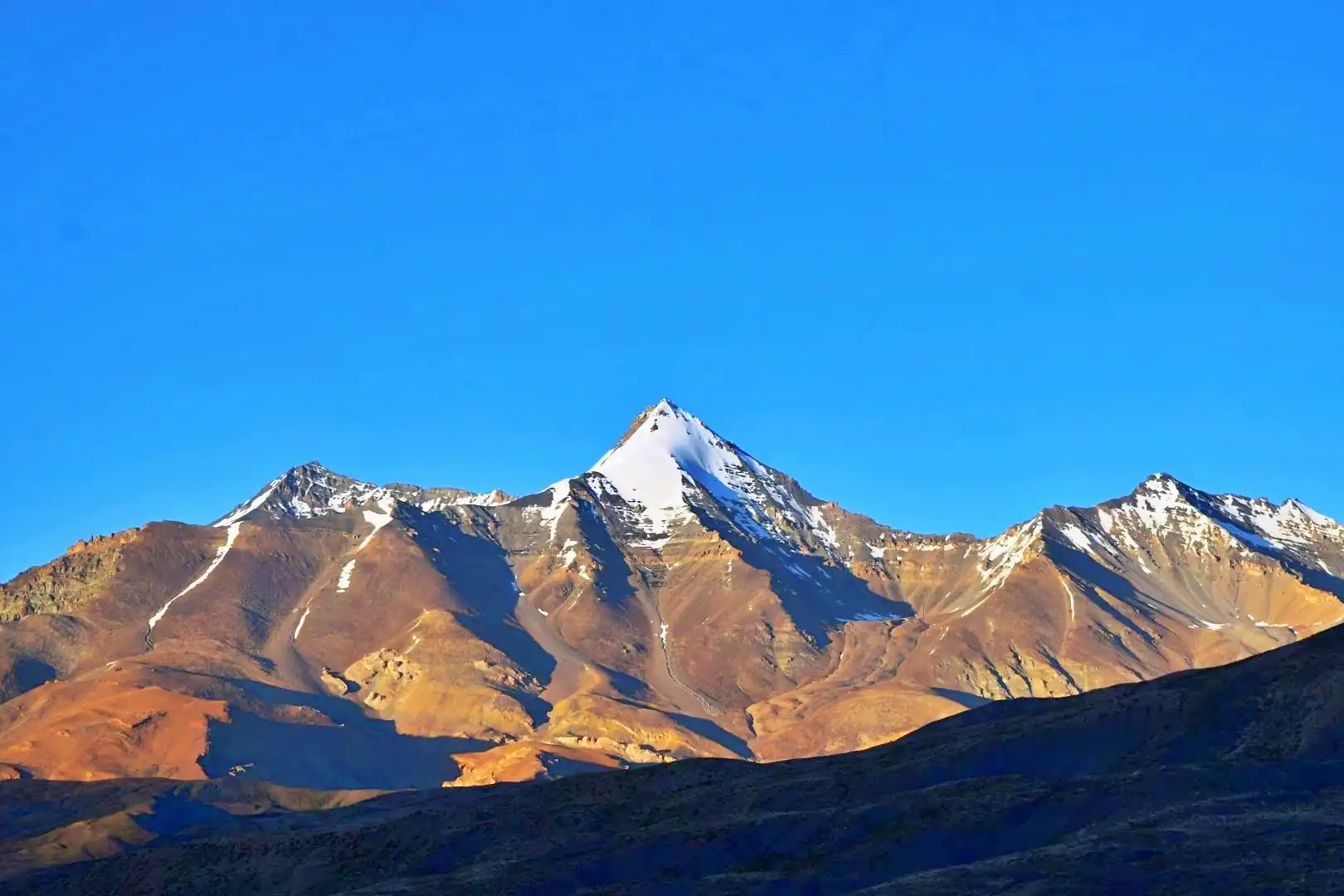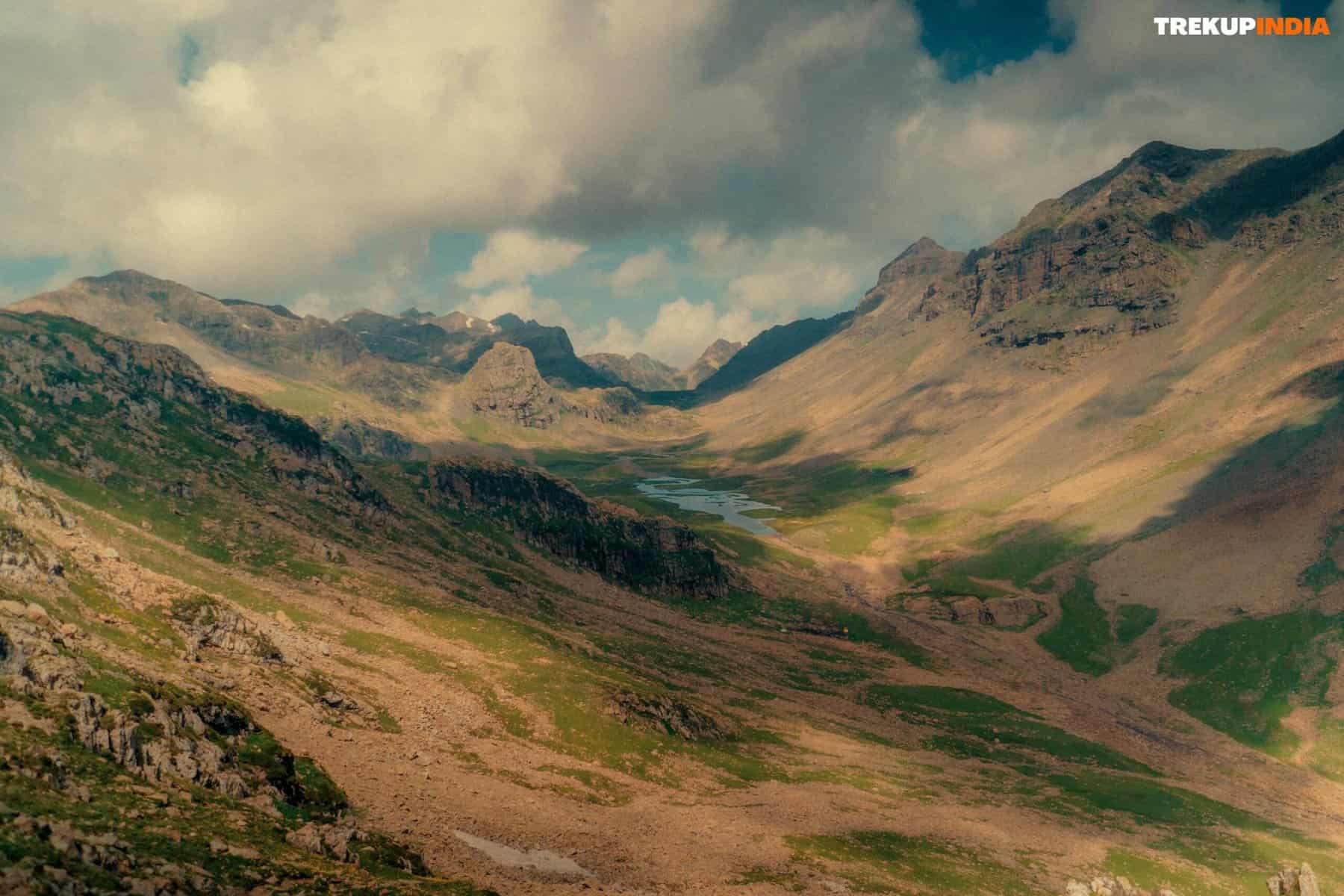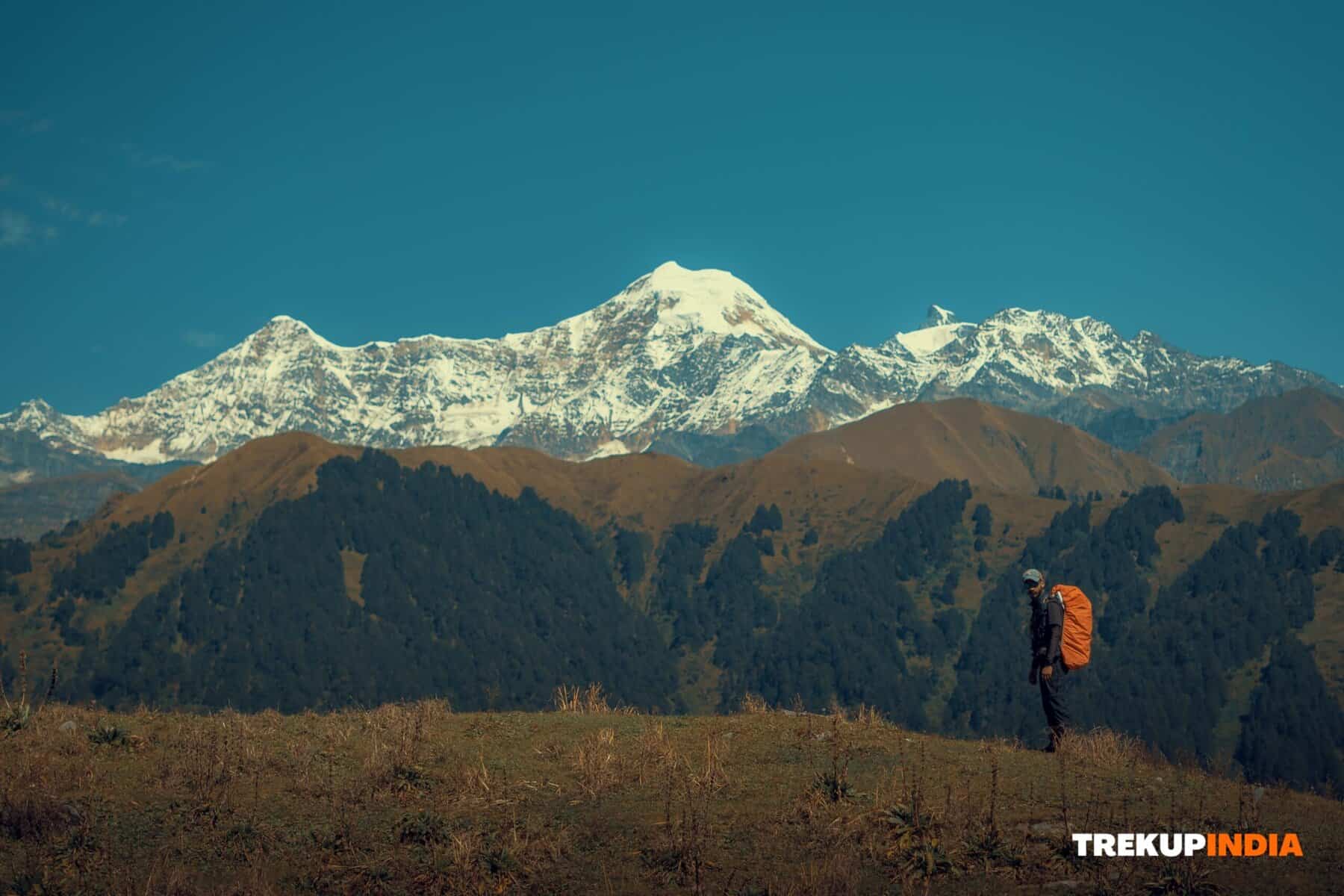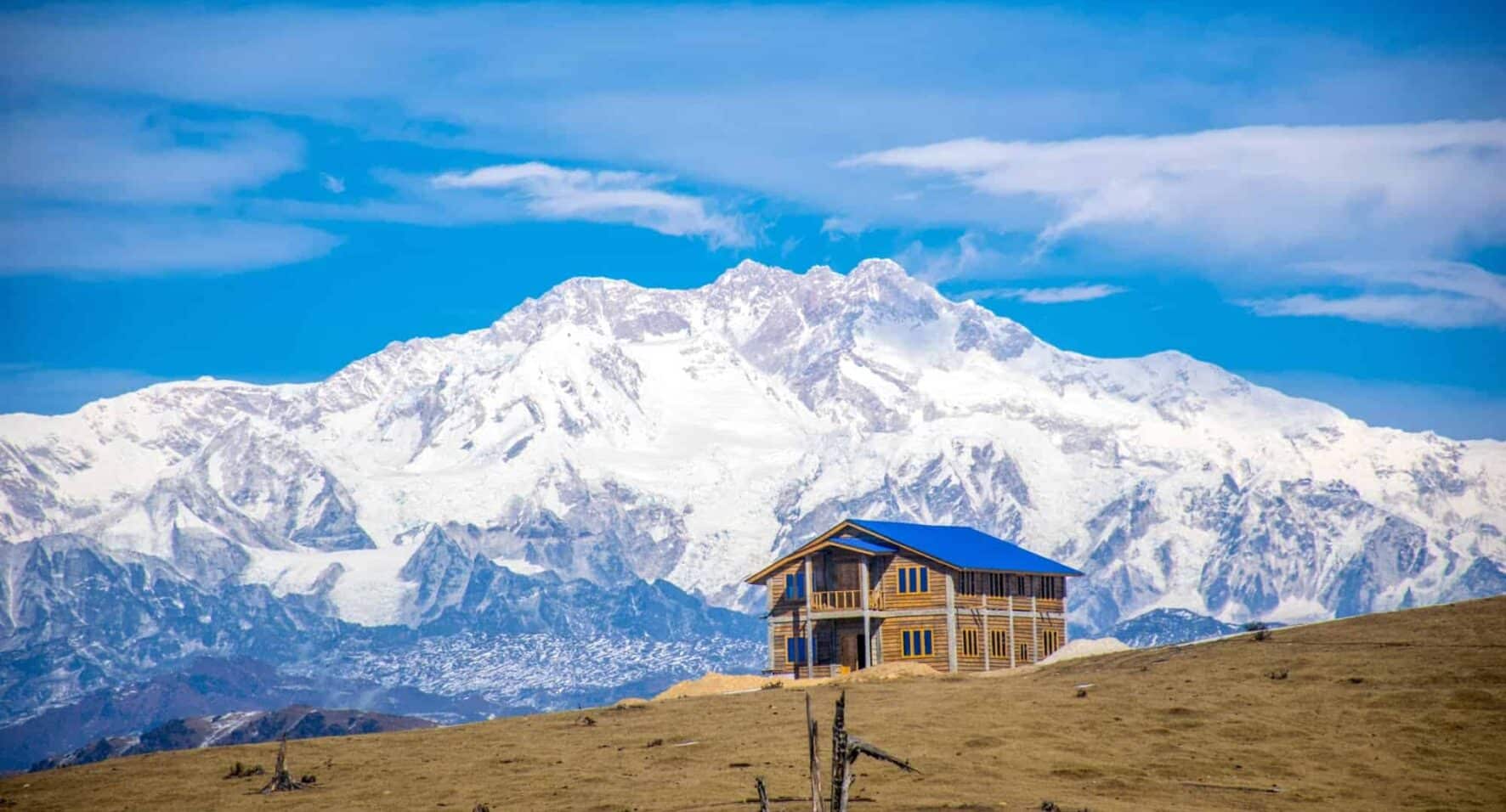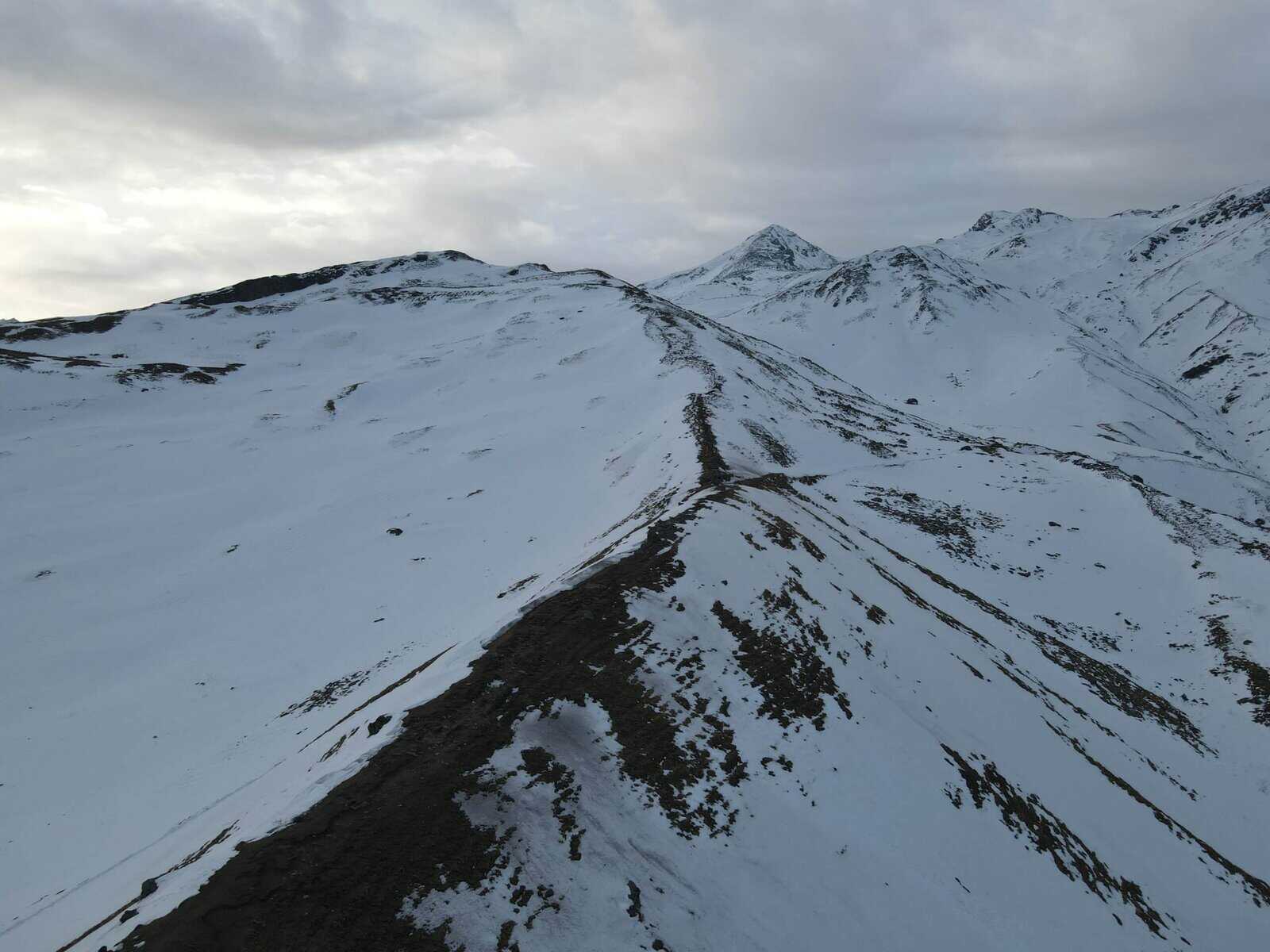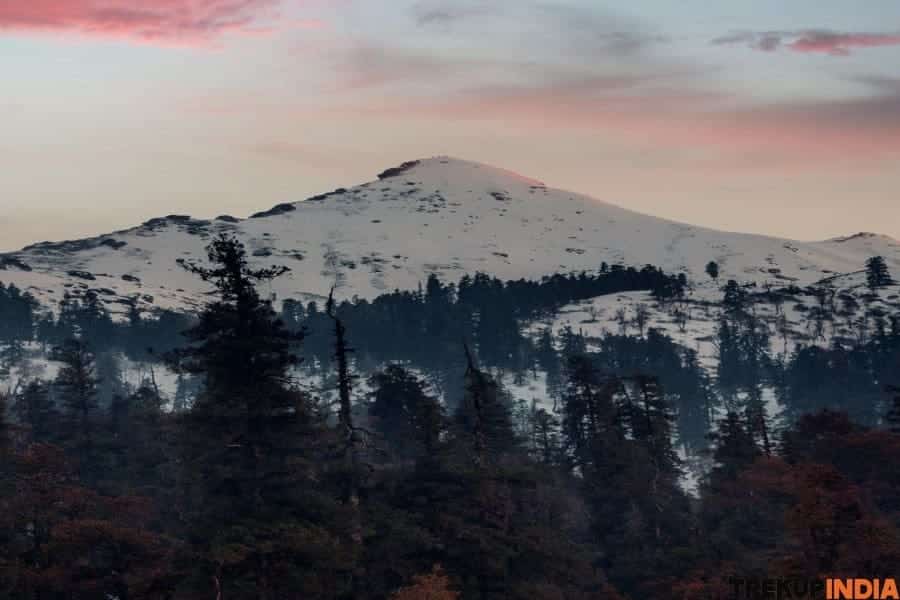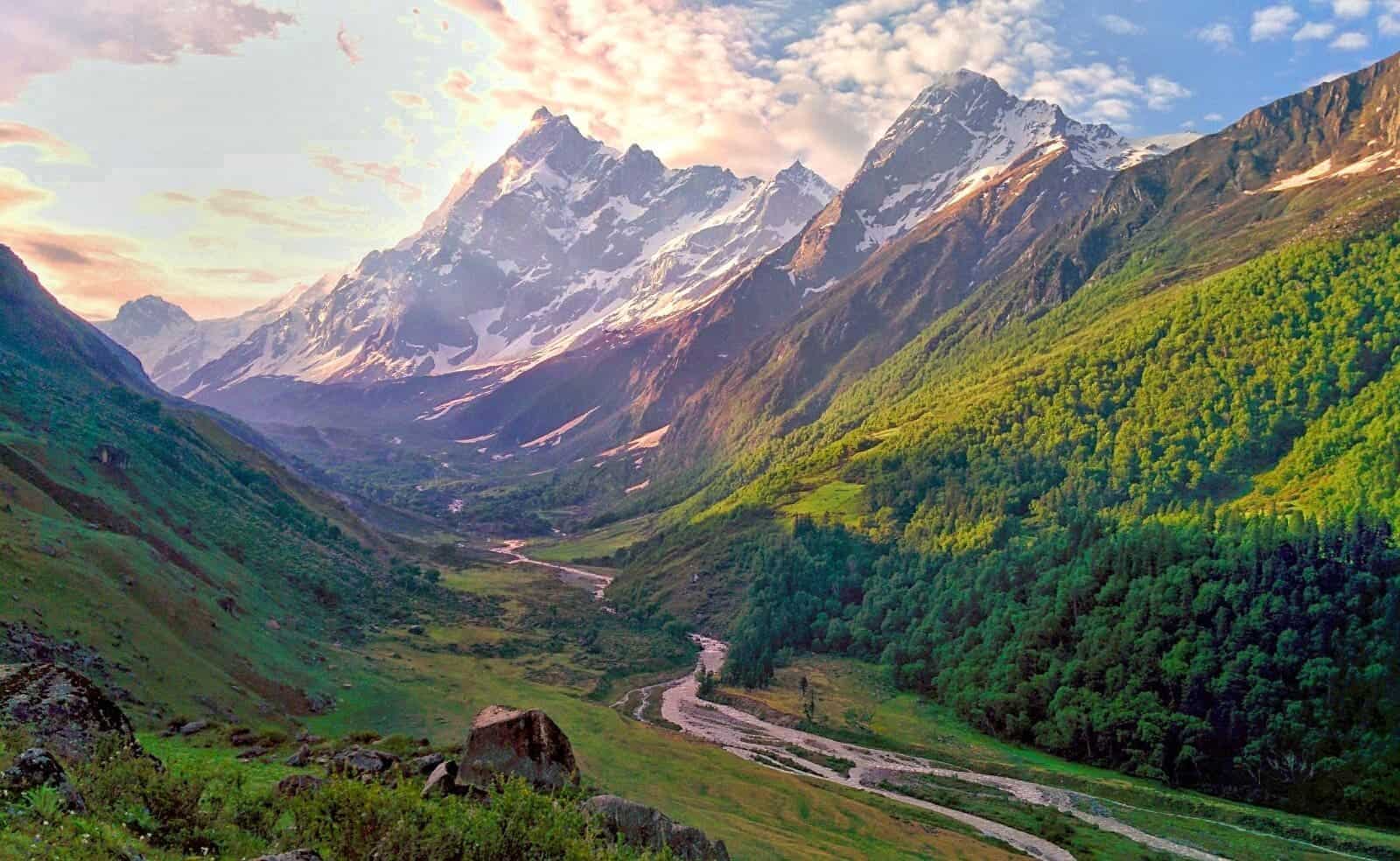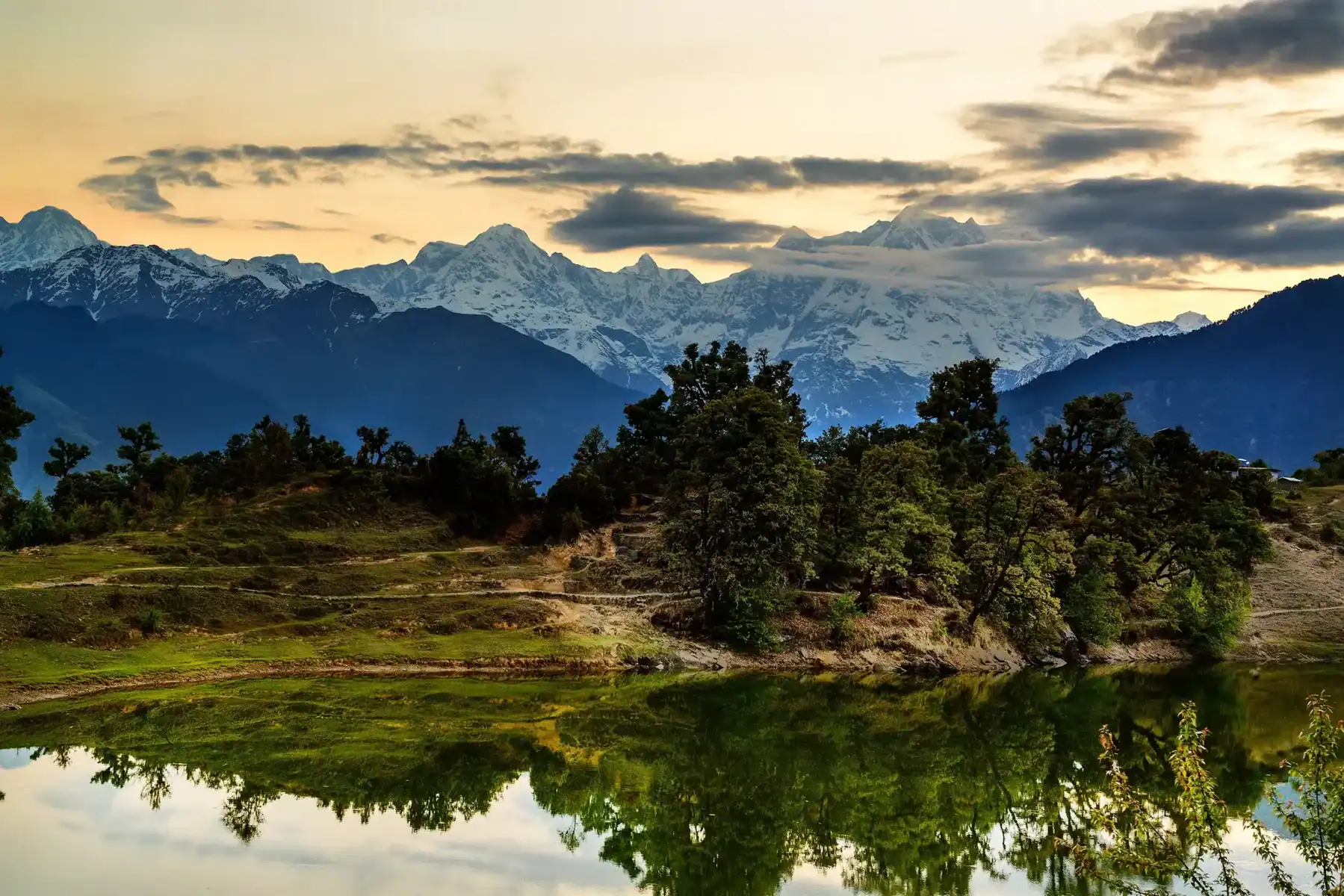Siachen Glacier Trek
Siachen Glacier Trek
The Siachen Glacier Trek provides an unprecedented opportunity for those curious about soldier life to experience some of its toughest terrain firsthand. Experience what life is like for Indian Army soldiers deployed to one of the world’s harshest environments on this rare opportunity! Limited spots are currently available to Indian citizens seeking an unforgettable 10-day journey across crevasse-filled glaciers, challenging moraines, and harsh weather conditions to Kumar Post at 4880 meters above sea level amidst the eastern Karakoram Range of the Himalayas, specifically in the Nubra Valley of the Ladakh region, Jammu and Kashmir, India. Participants will meet local soldiers stationed in the area, learning more about their experiences and history. Physical and mental fitness will be required of participants during this challenging trek; regular medical check-ups and training provided by the army ensure this. Photography of army camps is strictly forbidden due to security considerations. Led by experienced army personnel, trekkers must remain roped during the expedition. Treks are only authorized in August and September by the Indian Army with prior approval.
Trek Itinerary of Siachen Glacier Trek
Day 1
Arrival at Leh
Travel to Leh is most easily done via air, but allow at least two days for acclimatizing before embarking on any trekking adventures like Rumtse to Tso Moriri Lake. By road, however, it will take at least 2-3 days longer, and accommodation details will be emailed directly. Upon reaching Leh, check into your chosen Guest House or Hotel and rest before exploring its market at nightfall.
Day 2
Acclimatization in Leh
Discover Leh’s special blend of culture and nature as you familiarize yourself with its town and adjust to its high-altitude climate. As Ladakh’s heart, Leh provides trekkers and expedition leaders a central base, while boasting an ancient cultural legacy. Visitors are drawn by local flavors as they immerse themselves in Leh’s captivating charm – don’t miss it!
Day 3
Drive from Leh to Siachen Base Camp (3810 M) – 150 km
Journey from Leh to Siachen Base Camp on an amazing 150 km adventure through Nubra Valley and Khardung La pass, along the stunning Nubra River, charming villages such as Khalsar, Sumur, and Panamik, before reaching Warshi for special army clearance and passing at 3810 meters above sea level. Siachen Base Camp provides ample time for resting and acclimatizing; briefing sessions with Base Commander and medical checks conducted by Indian army doctors will follow as will staying hydrated by drinking plenty of water to aid acclimatization as you head uphill towards Warshi for special clearance before reaching Siachen Base Camp; once there, spend the night and make plans to summit it all when arriving back at Leh.
Day 4
Rest in the Siachen Base Camp and visit the Siachen Battle School
After breakfast, there will be another medical examination before traveling to Siachen Battle School – an elite military facility which trains soldiers in ice craft and survival skills – where you’ll witness training of Indian army personnel protecting this harsh region. Later in the afternoon, we will inspect all necessary equipment needed for trekking up to Siachen Base Camp as well as conduct another medical checkup before relaxing for the night – accommodation will be provided there.
Day 5
Siachen Base Camp to Camp 1 (3962 M) – 12 km, 6 hrs trek
Your journey begins today with a morning medical assessment to make sure everyone is appropriately acclimated for high-altitude conditions. If needed, porters will be available to carry personal bags. Your trek will then commence after visiting the O.P. Baba shrine, built by soldiers near the glacier’s edge, where prayers will be offered. You’ll immediately experience altitude sickness while trekking across an icy glacier surface. To ensure the group’s safety, they will be roped together and led by an experienced Indian army soldier who will navigate the glacier to avoid deep crevasses and place markers along their route as safe zones. Though this trek may appear straightforward, crampons will be necessary for traversing icy terrain. When reaching camp 1 on the glacier, you’ll settle in for the night. After receiving your second mandatory medical check-up, tents with 5-6 people will provide shelter against harsh winds and cold. Staying hydrated is vitally important, so drink lots of water throughout your day to stay hydrated; Camp 1 will serve as your home base overnight.
Day 6
Acclimatization in Camp 1
Today is an official rest day at Camp 1, to allow your body to adjust to the higher altitude and undergo health checks to make sure you’re adapting well.
Day 7
Camp 1 to Camp 2 (4179 M) – 14 km, 7 hrs trek
As we travel onward, our journey continues as we navigate a vast expanse of glaciers and rock debris dotted with deep crevices that demand our full attention. Safety will remain of utmost importance, so, roped together, we must traverse this challenging terrain safely. Camps 2 and 3 will be set up according to current weather and snow conditions – portable parachute tents will serve as shelter, and the medical team will conduct yet another round of health checks before dinner is served and we retreat into our tents for restful nights, restful sleeps under canvas!
Day 8
Acclimatization in Camp 2
On this first day at Camp 1, a day of relaxation and adjustment is planned. Medical examinations will also be performed to ascertain your health status.
Day 9
Camp 2 to Camp 3 (4420 M) – 16 km, 8 hrs
At sunrise today, an assessment will take place to ensure your health. Today is also the most difficult leg of the expedition: 16km of hiking over rugged moraine and snow-covered terrain will challenge both physical and mental abilities to the limit, offering stunning views of the Karakoram Range and Saltoro Ridge along the way. Along this trail are treacherous crevasses; don’t worry, though; your experienced leader will guide you safely along this treacherous terrain to Camp 3. Upon arrival there, another medical check-up will take place before spending the night comfortably within your tent!
Day 10
Acclimatization in Camp 3
Camp 1 will serve as a rest day to allow you to adapt to the altitude. Medical evaluations will also take place here to confirm your well-being.
Day 11
Camp 3 to Kumar Post (4876 M) – 18 km, 9 hrs
Today is sure to be an incredible adventure as we embark on our trek from Camp 3 to Kumar Post, named in honour of Colonel Narinder “Bull” Kumar – the only living soldier honoured with an important post being named in their memory. The trek will include soft snow terrain with mostly flat surfaces; however, our final ascent up a steep ice block located high in elevation will present unique opportunities for meeting and conversing with soldiers stationed there and learning more about their experiences and backgrounds. Additionally, a medical examination and overnight stay will complete this unique opportunity.
Day 12
Spend a day at Kumar Post.
Immerse yourself in the daily lives of soldiers at Kumar Post by hearing their tales and gaining insight into their experiences. Witness firsthand how these brave individuals operate 365 days a year in this challenging, high-altitude environment. Two rounds of medical screenings will also be conducted before retiring to your tent accommodation for the night.
Day 13
Kumar Post to Camp 3 – 18 km, 7 hrs
Revisit Camp 3 by exploring its challenging landscape, nestled amidst the breathtaking grandeur of the Karakoram Mountains. After receiving medical clearance and spending the night in your tents.
Day 14
Camp 3 to Camp 2 – 16 km, 6 hrs
As we descend towards Camp 2, the elevation difference becomes increasingly noticeable as we go.
Day 15
Camp 2 to Camp 1 – 14 km, 5 hrs
At a leisurely pace, we will head back to Camp 1, where we’ll spend the night in tents.
Day 16
Camp 1 to Siachen Base Camp – 12 km, 5 hrs
After having experienced what can only be described as one of the most enjoyable periods in our lives, we return to Siachen Base Camp after making what can only be characterized as an impressive accomplishment. Spend an enjoyable night there.
Day 17
Siachen Base Camp to Leh – 150 km drive.
Returning by car, we celebrate and appreciate what has been accomplished, then stay overnight at a hotel.
Day 18
Departure from Leh
Trek Highlights of Siachen Glacier Trek
- Explore some of the world’s coldest and largest glacial regions.
- Kumar Post is an Army base situated at approximately 17,000 feet elevation.
- Experience life at high-altitude military camps and witness first-hand Indian troops’ incredible determination and tenacity!
- Amazing views can be enjoyed from Saltoro Ridge, Nubra Valley, and the nearby Karakoram Mountain ranges.
- Visit Army Camps and engage with their personnel, while building up your sense of patriotic pride and national unity.
- Gain access to a highly secured zone – something only select civilians are privy to.
How To Reach Siachen Glacier Trek
Start Point: Leh, Ladakh (IXL).
By Air: For travel by air, Leh’s Kushok Bakula Rimpochee Airport provides daily flights departing from Delhi, Srinagar.
By Road (optional): Both the Srinagar-Leh and Manali-Leh highways (which open between June and September) can be taken for travel from Srinagar.
Best Time to Visit Siachen Glacier Trek
May to September is the ideal period for civilian excursions. The weather in Alaska is generally stable, allowing for snow control measures to be effectively applied. Unobstructed views of the Karakoram and Saltoro ranges are offered here.
Dates For Upcoming Treks
Want To Trek Like Pro?
Basically, watch these videos if you want to trek the same way professional trekkers do and make your skills better. These videos contain useful tips and techniques to further improve your trekking skills itself. These videos actually help both new and experienced trekkers improve their trekking skills. These videos definitely provide useful tips that make your trek better. We are seeing that these videos by Trekup India experts will only help you make your trekking skills better.
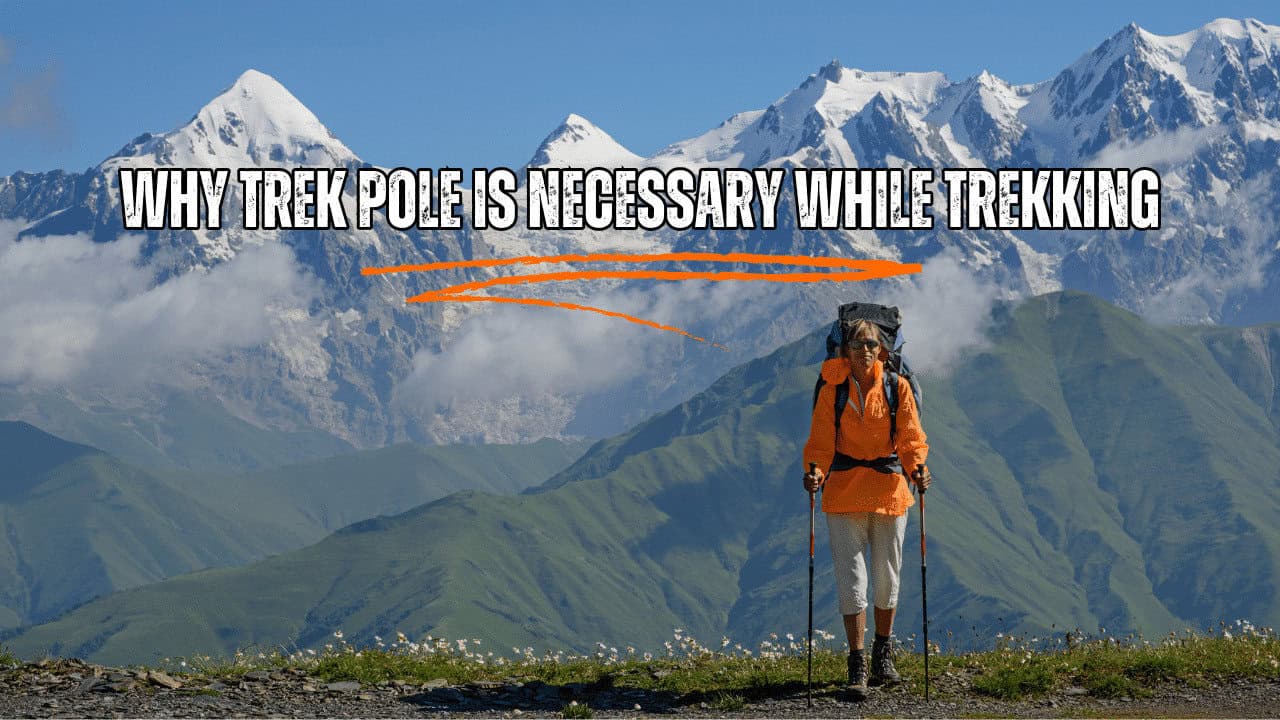






Know Everything About Acute Mountain Sickness
Acute Mountain Sickness occurs when people trek to high altitudes above 8,000 feet. This condition itself develops further due to reduced oxygen levels at such heights. Basically, as you go higher up, the air pressure and oxygen levels decrease, which causes the same problem. Acute Mountain Sickness surely causes headache, nausea, vomiting, and dizziness in affected persons. Moreover, peoples also experience difficulty in sleeping during this condition. To avoid mountain sickness, you should actually trek up slowly to higher altitudes. To learn further about this condition itself, watch the videos by Trekup India.
